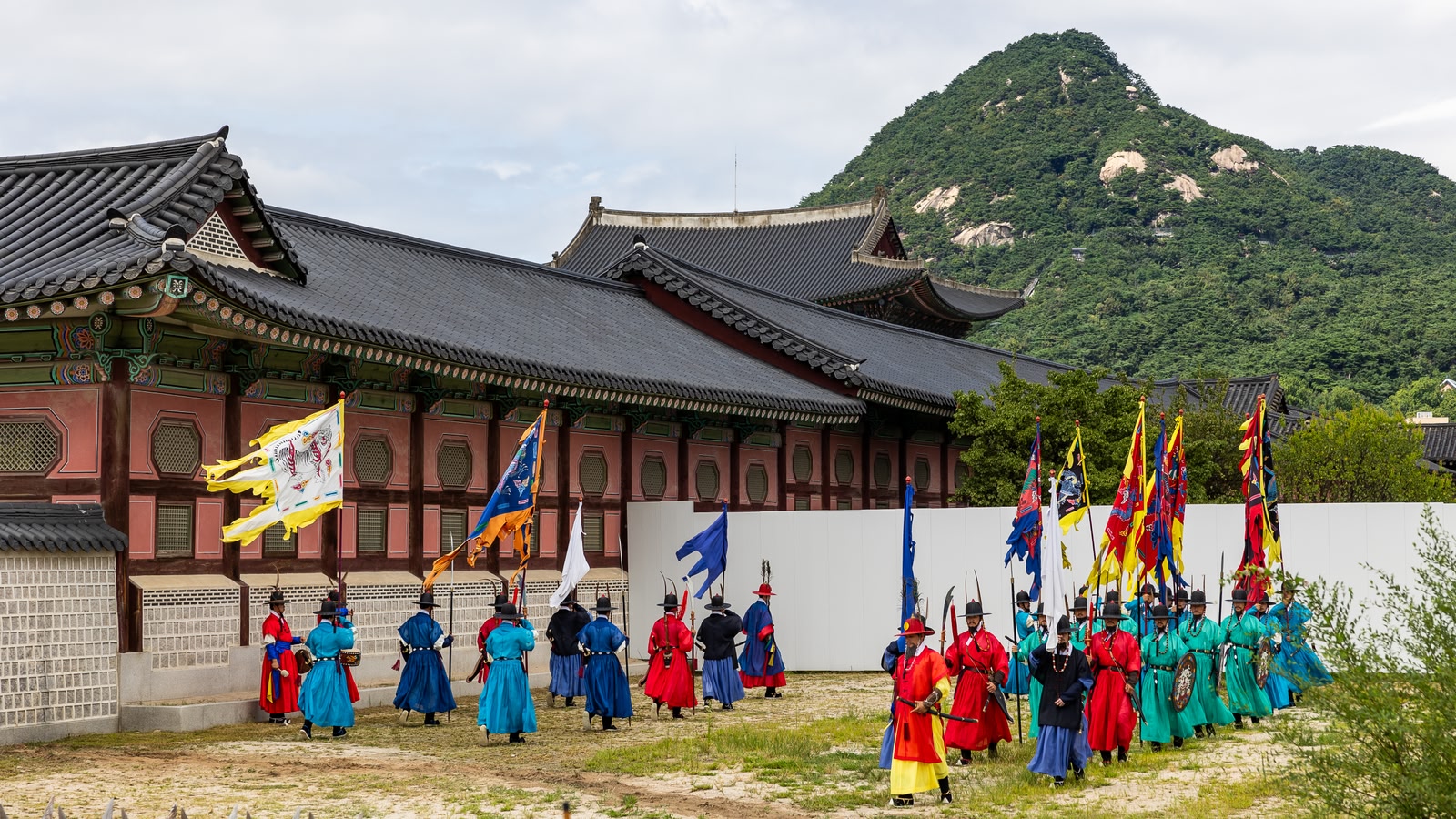Seoul holidays
Ancient temples and the tech of tomorrow collide in a K-pop dance-off in South Korea’s endlessly cool capital. The best holidays in Seoul embrace both the city’s past and its tireless spirit of reinvention. Get lost in the noisy markets, sprawling palaces and leafy spaces. Should you literally get lost, locals will point you to the nearest subway station, considered some of the cleanest and most efficient in Asia.
Seoul holiday highlights
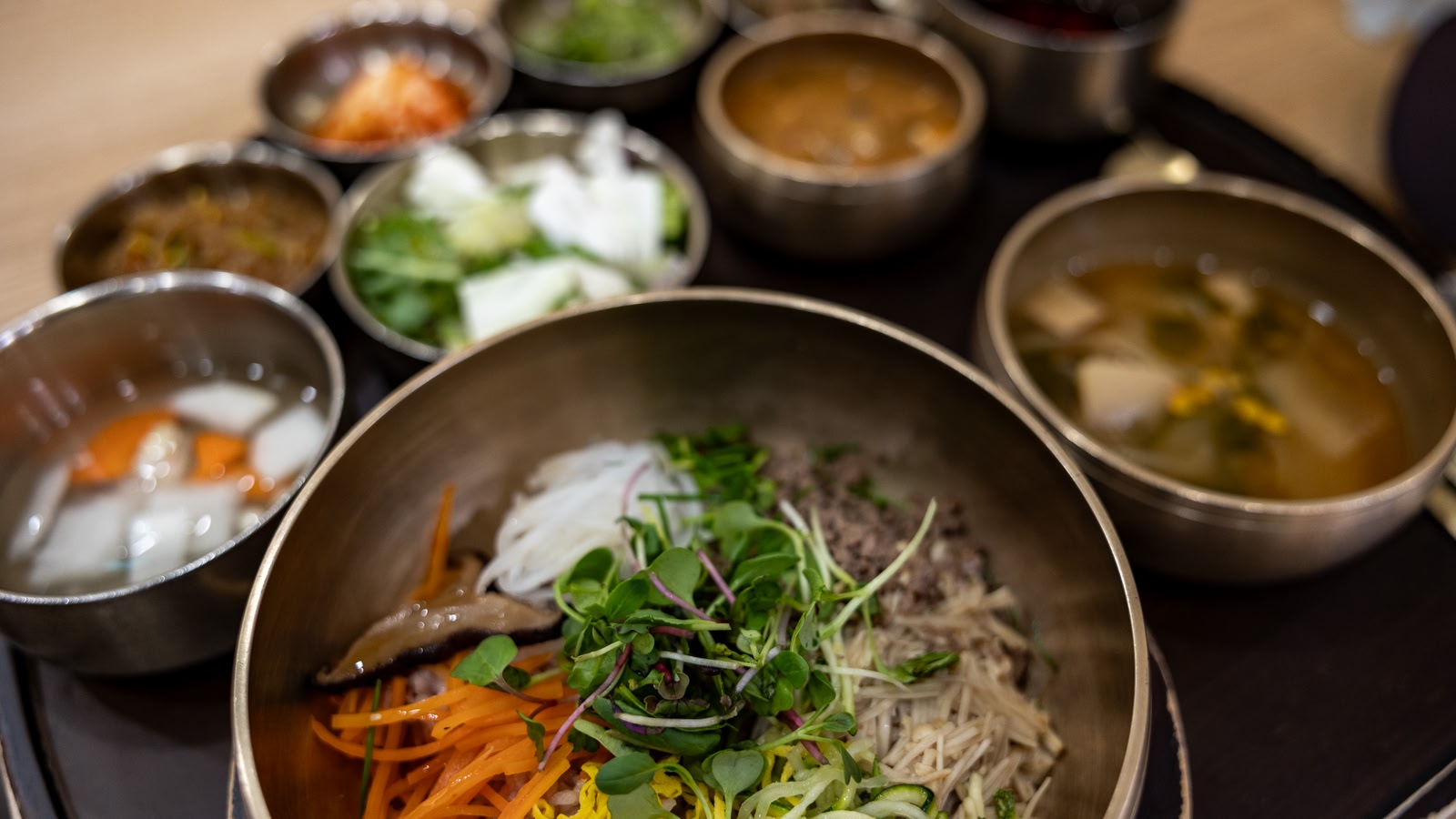
Sensational street food
Shape-shifting skyline
Fascinating history
Seoul: Know before you go
Language
Korean
Currency
South Korean won (₩)
Time zone
UTC+9 (KST)
High season
July – August
Low season
January – February
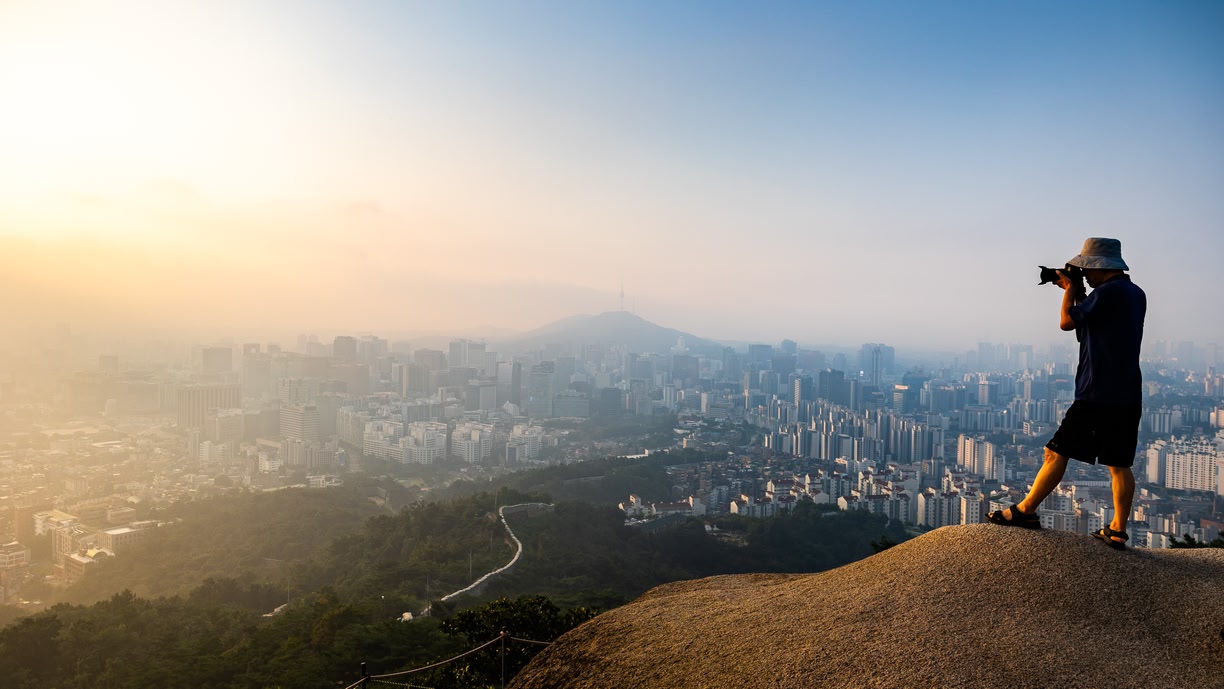
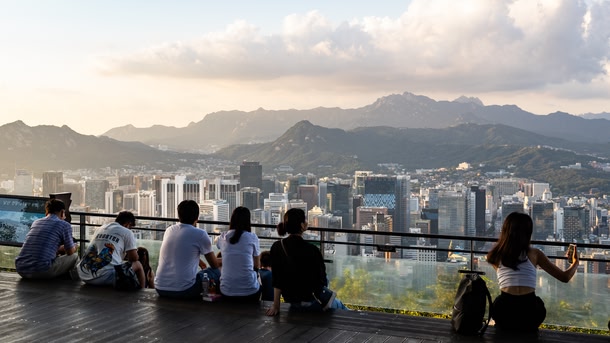
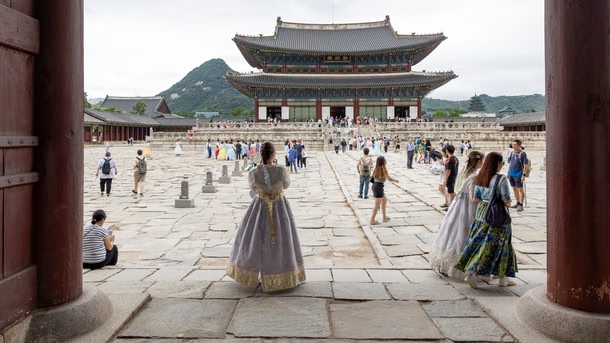




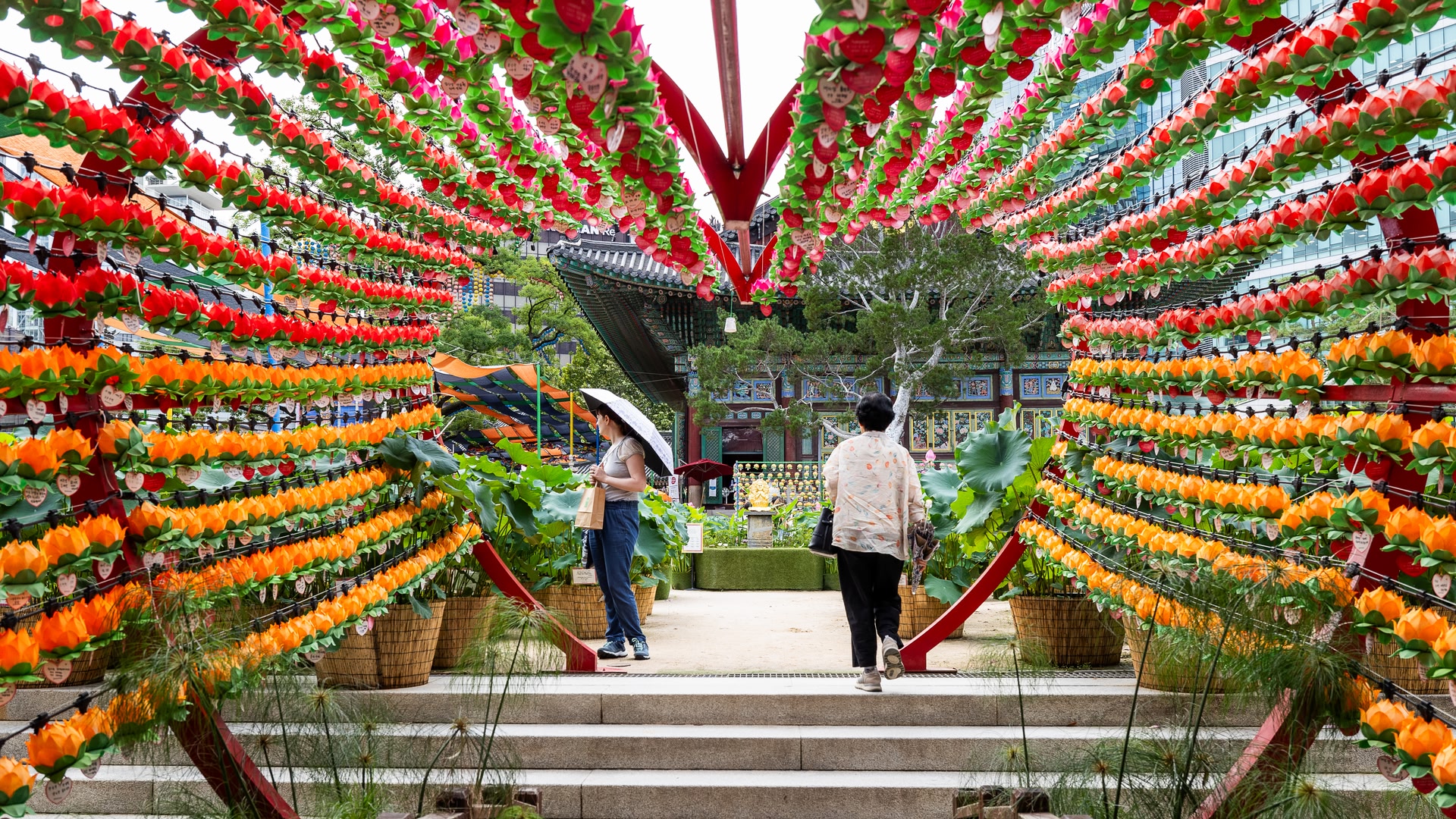

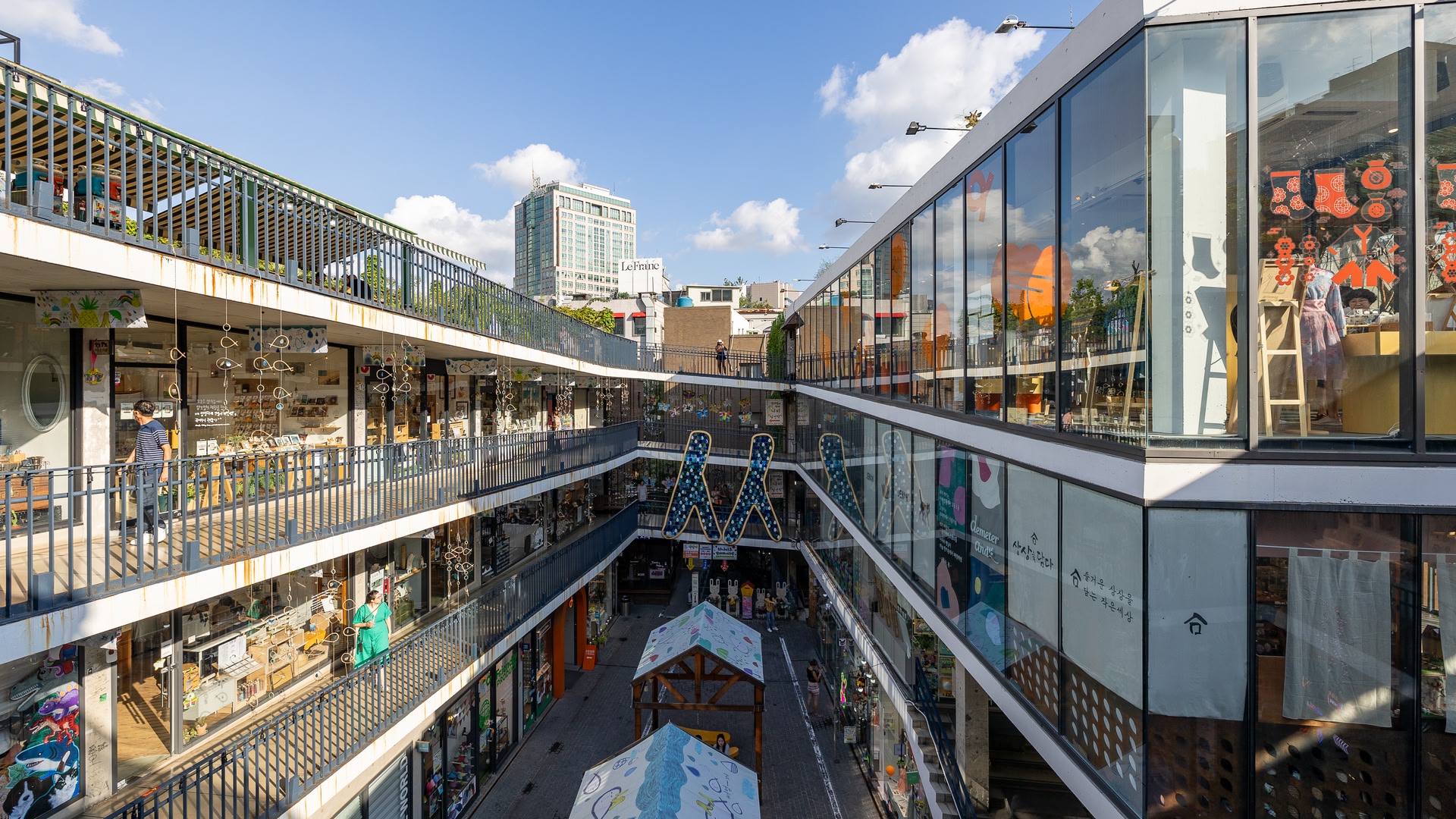
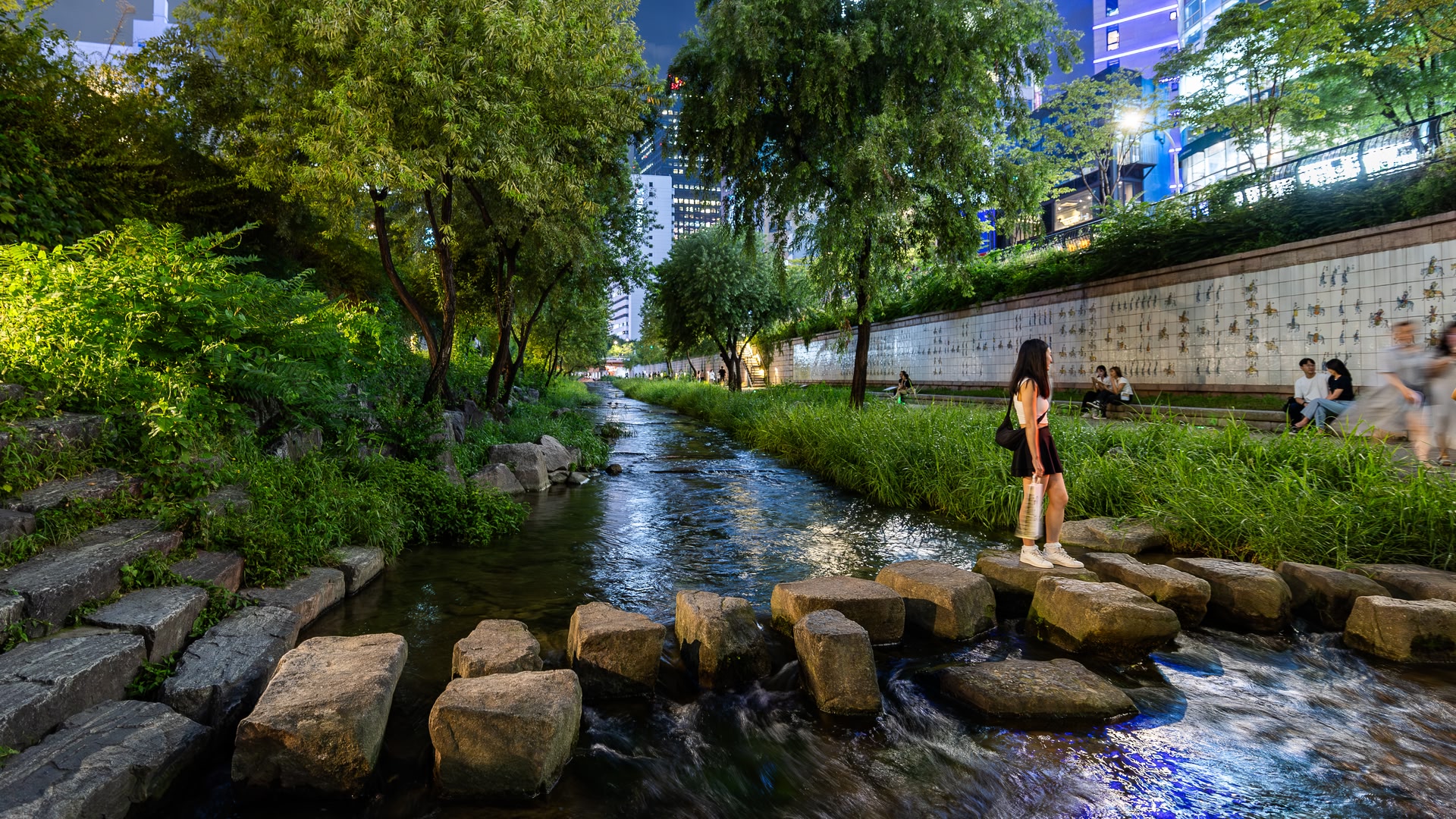
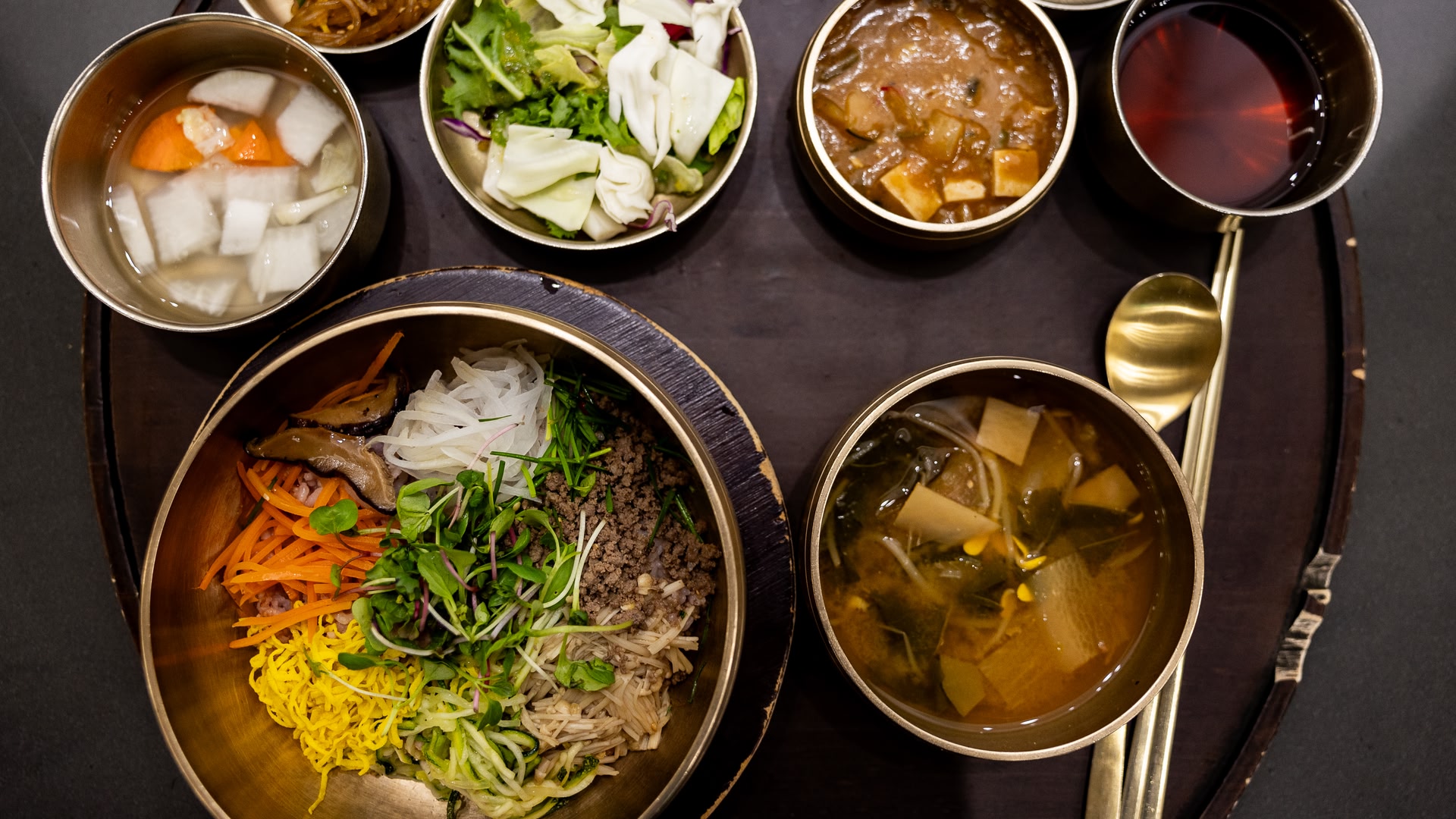
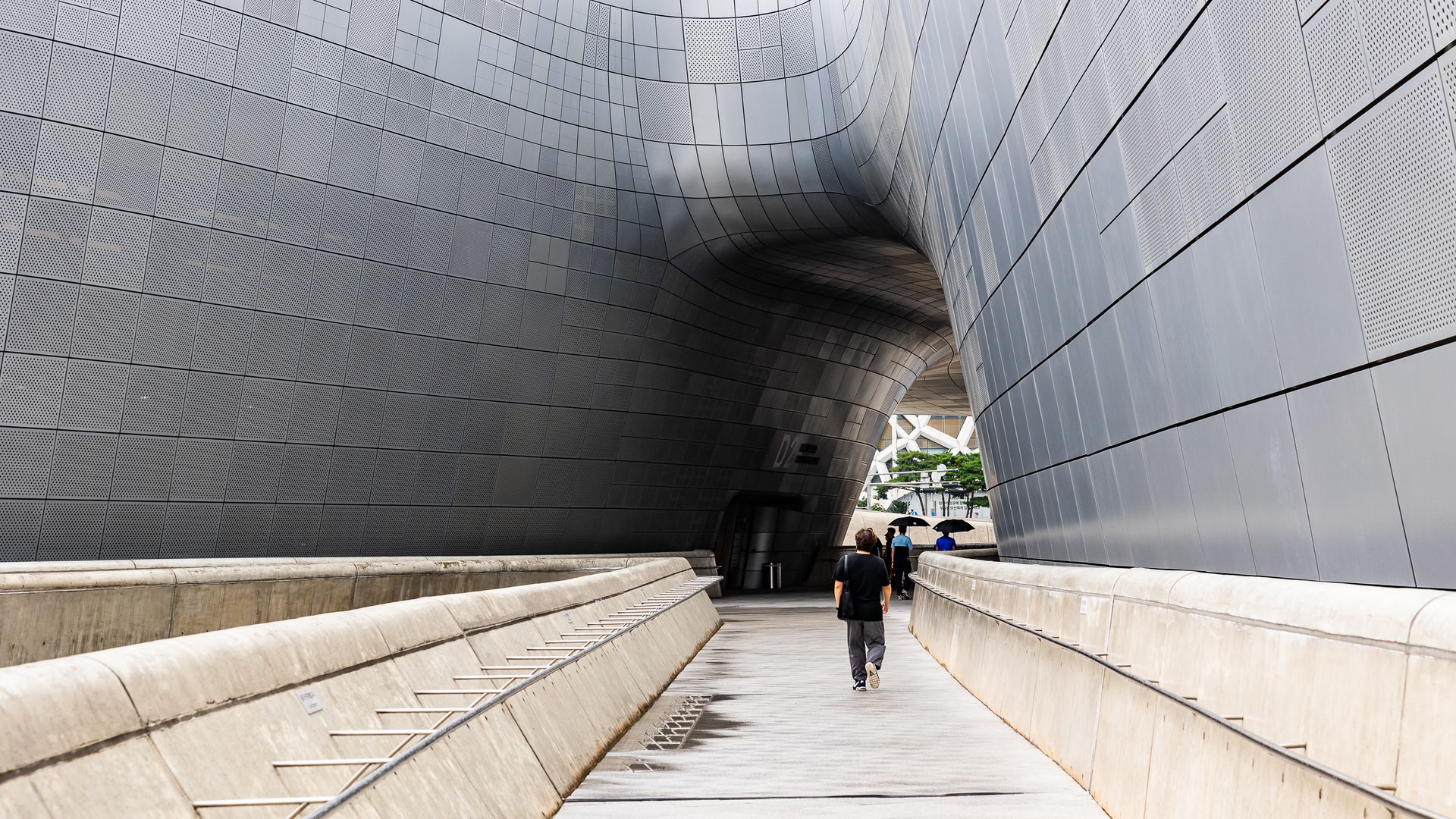
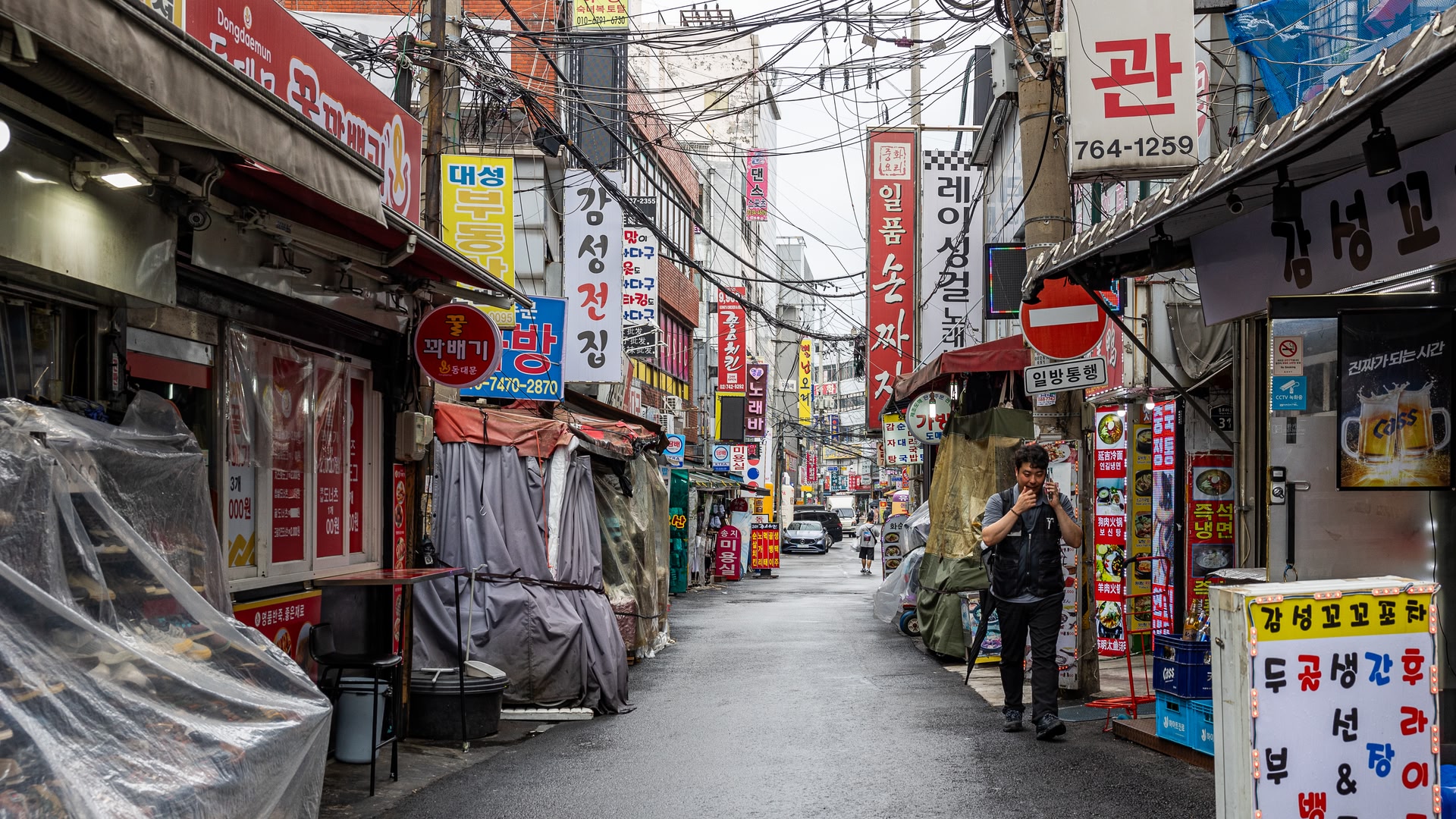
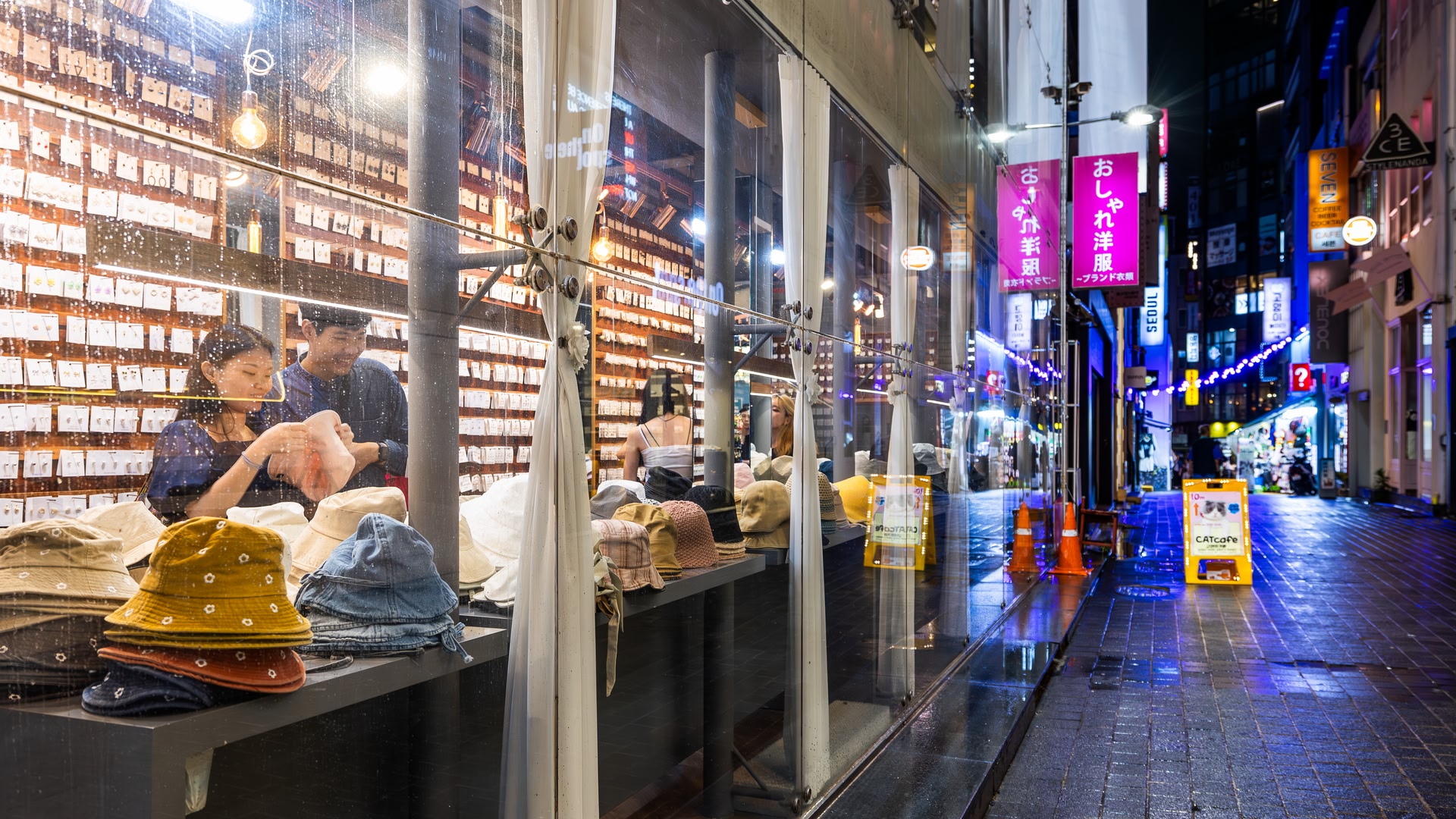
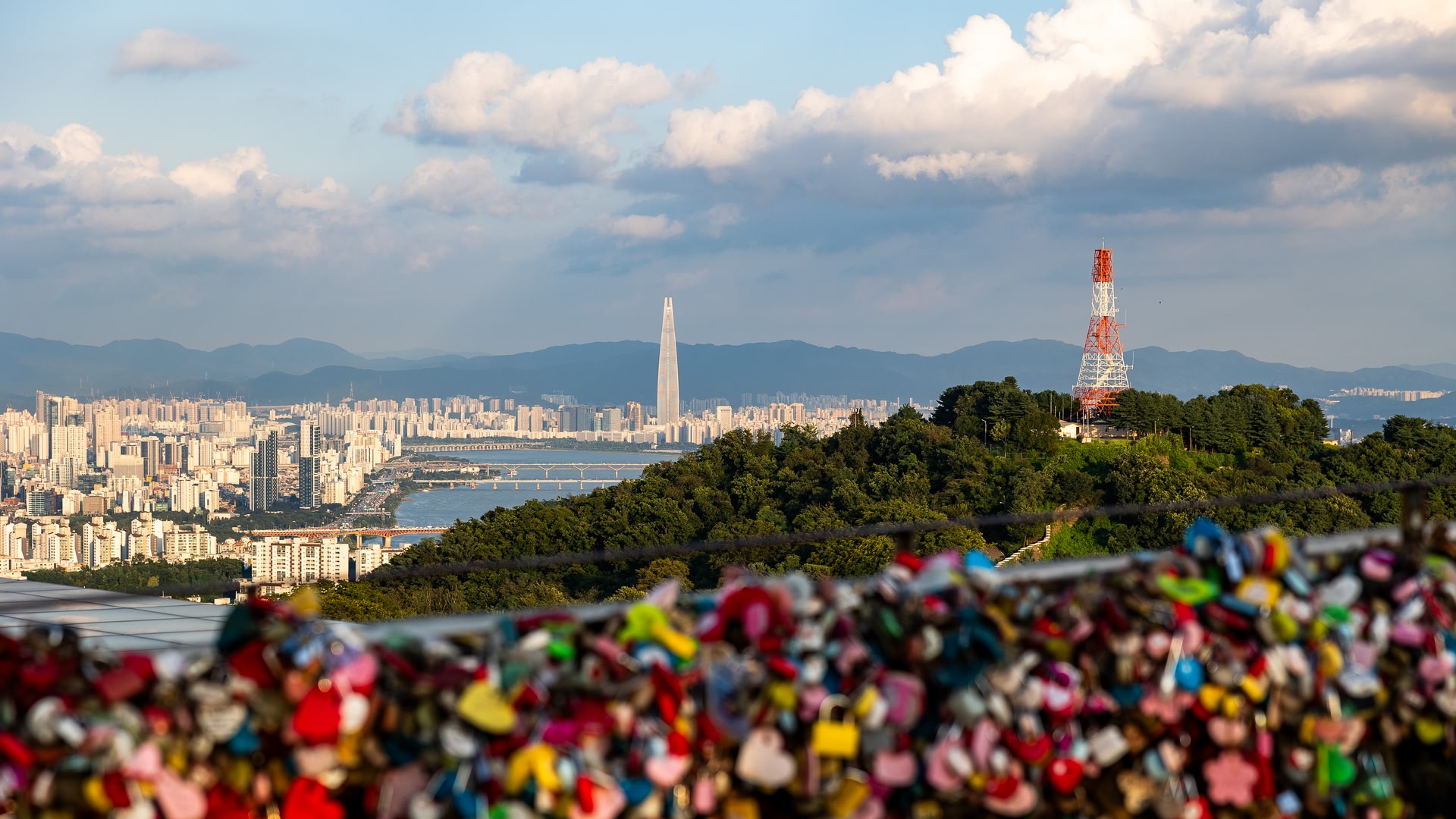
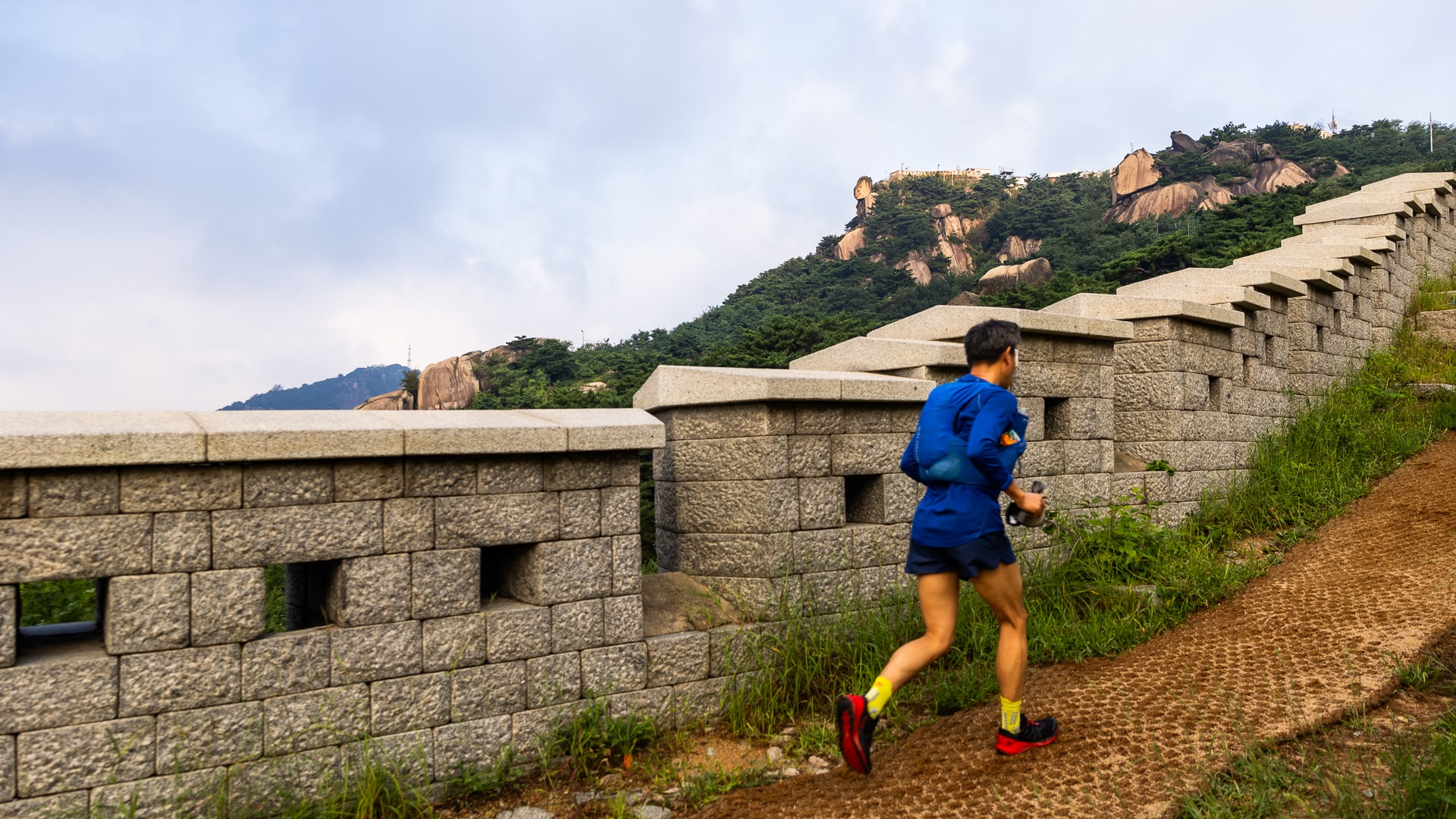
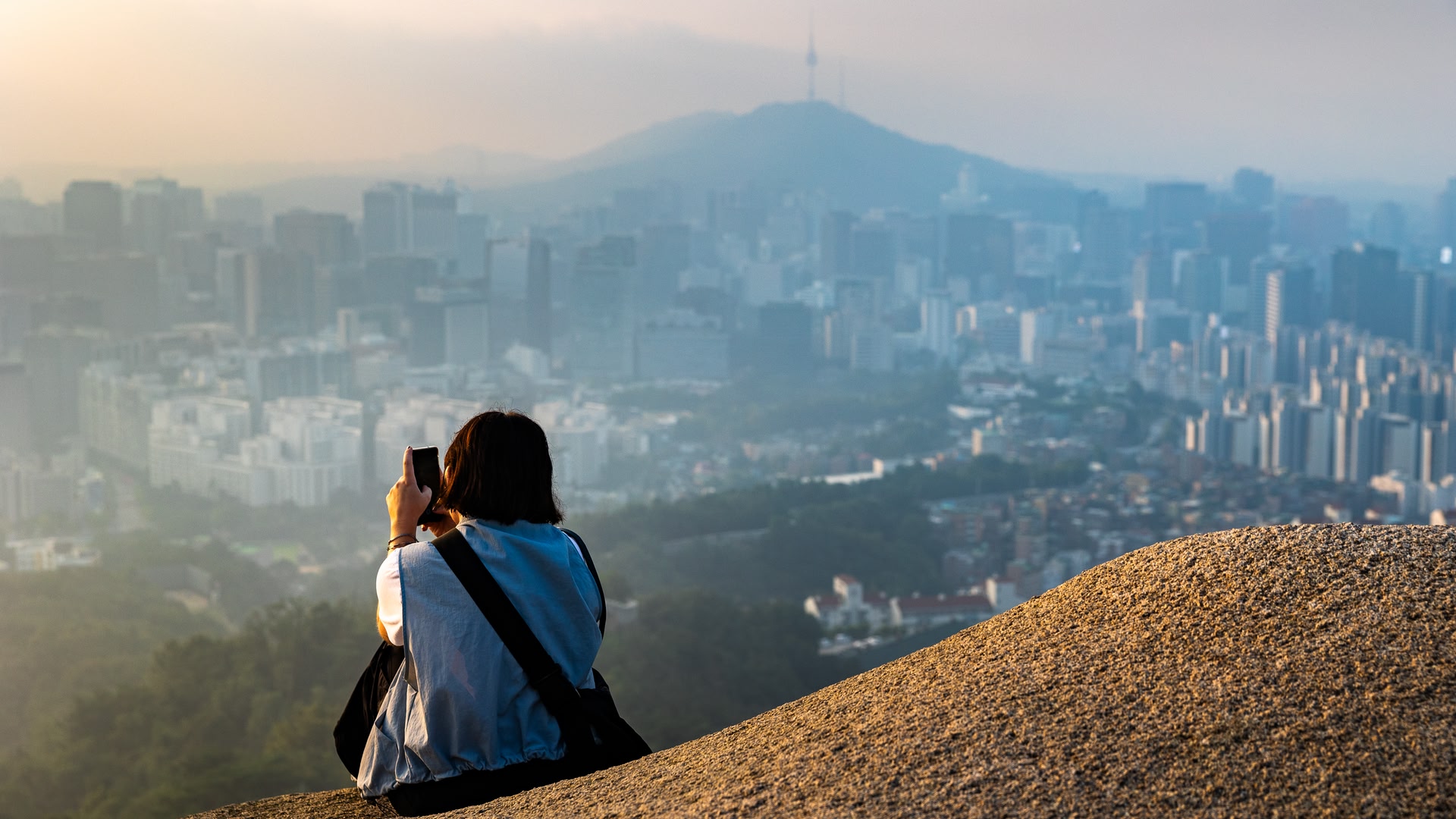
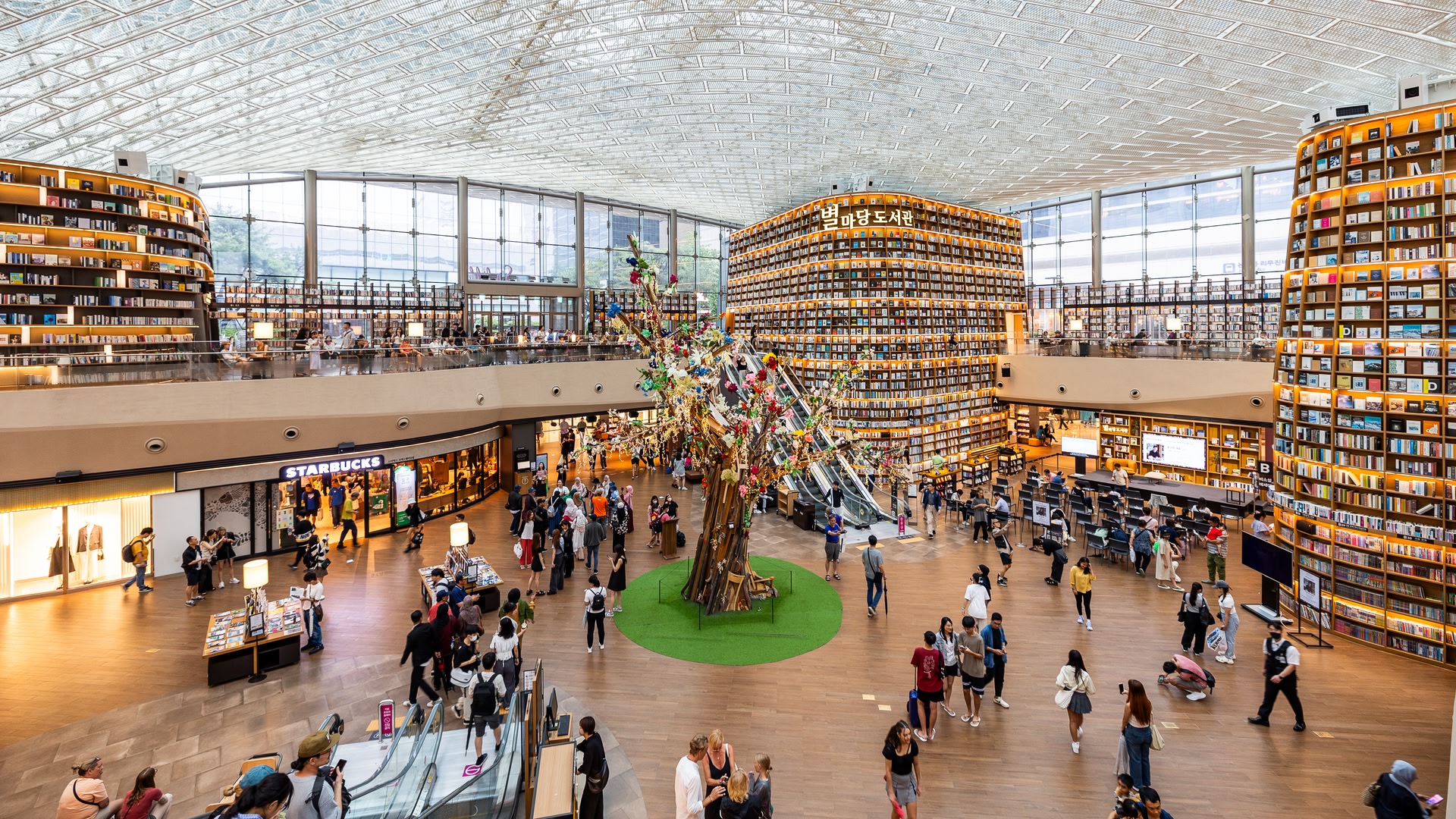
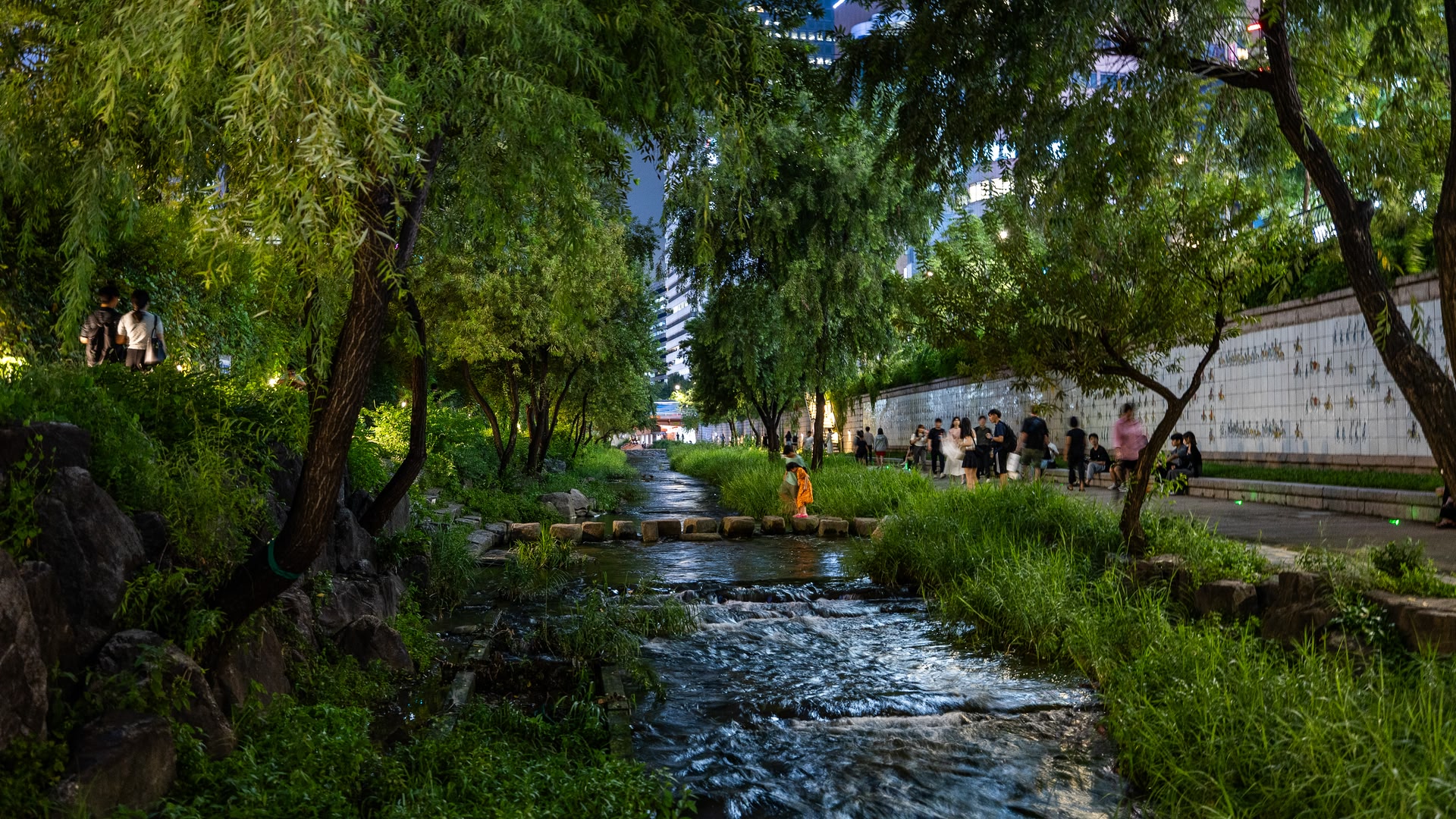
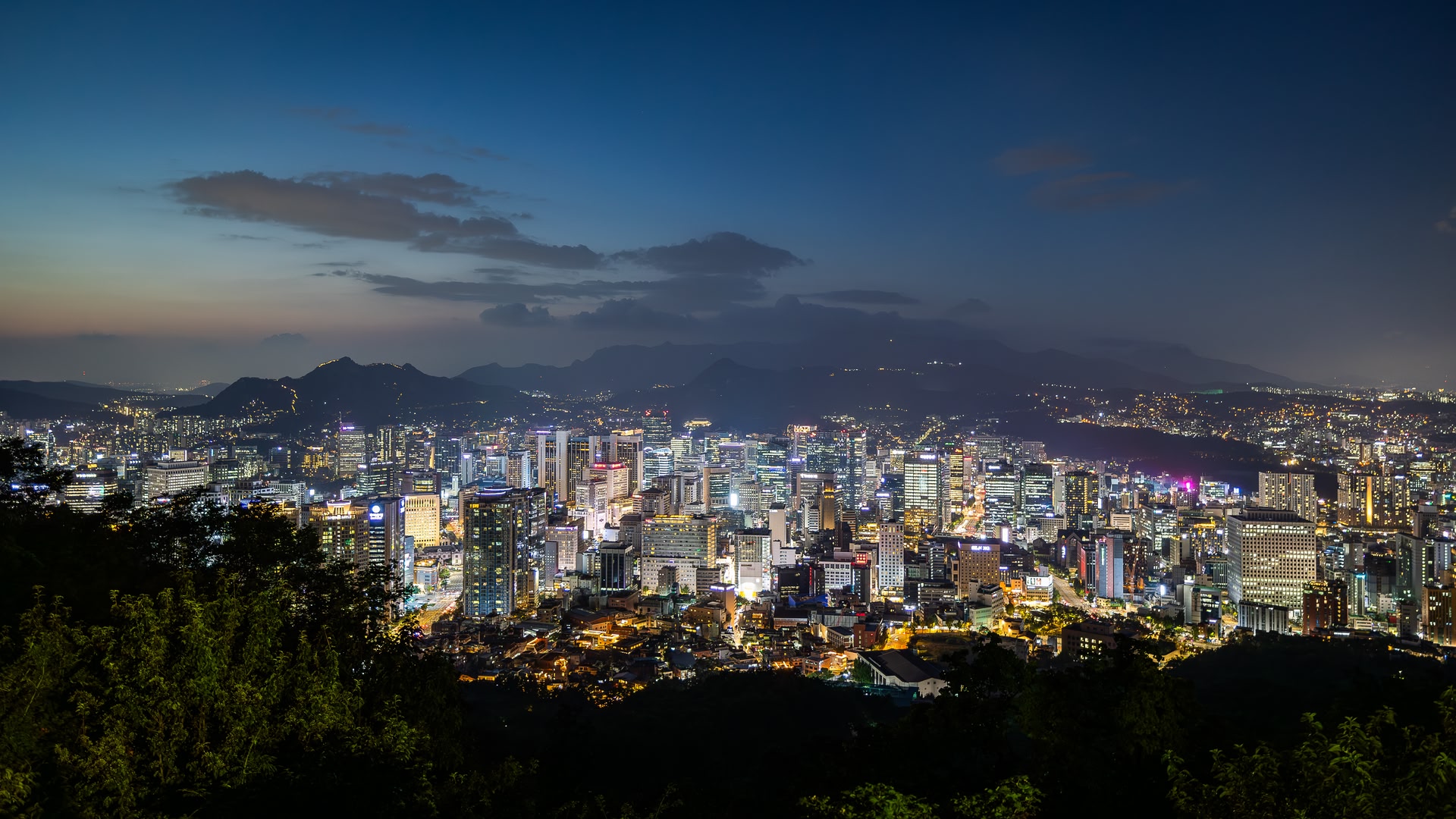
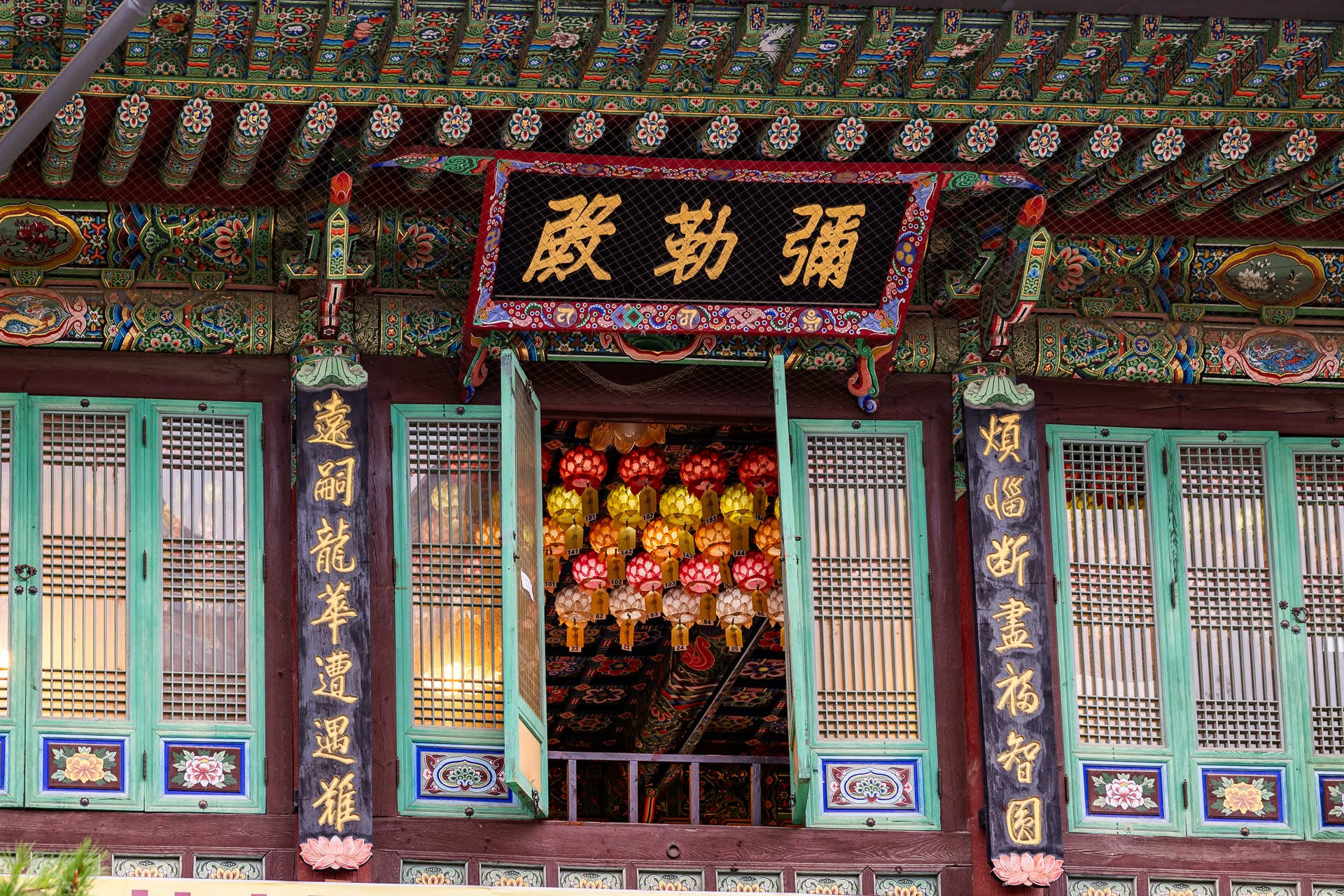
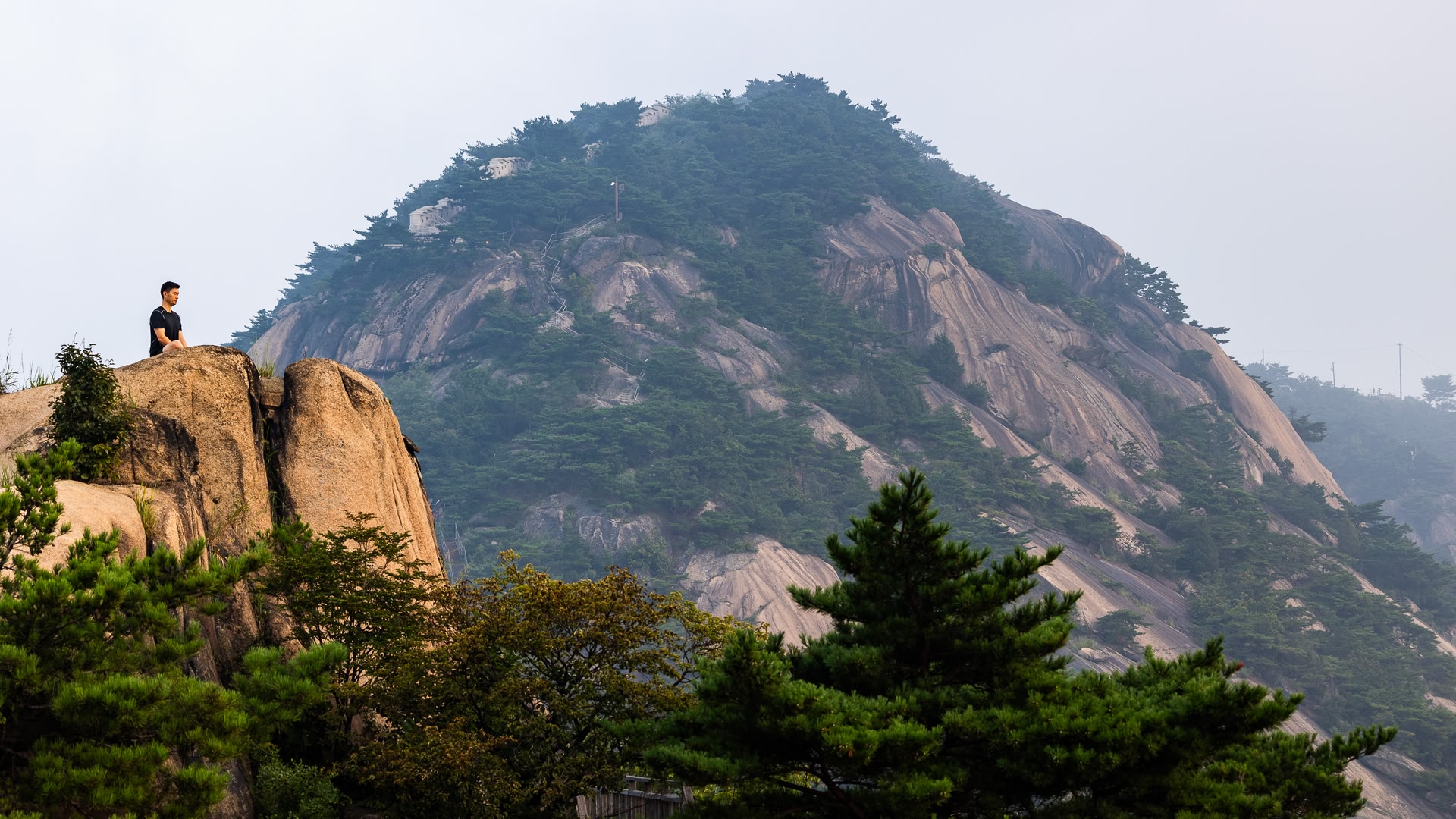
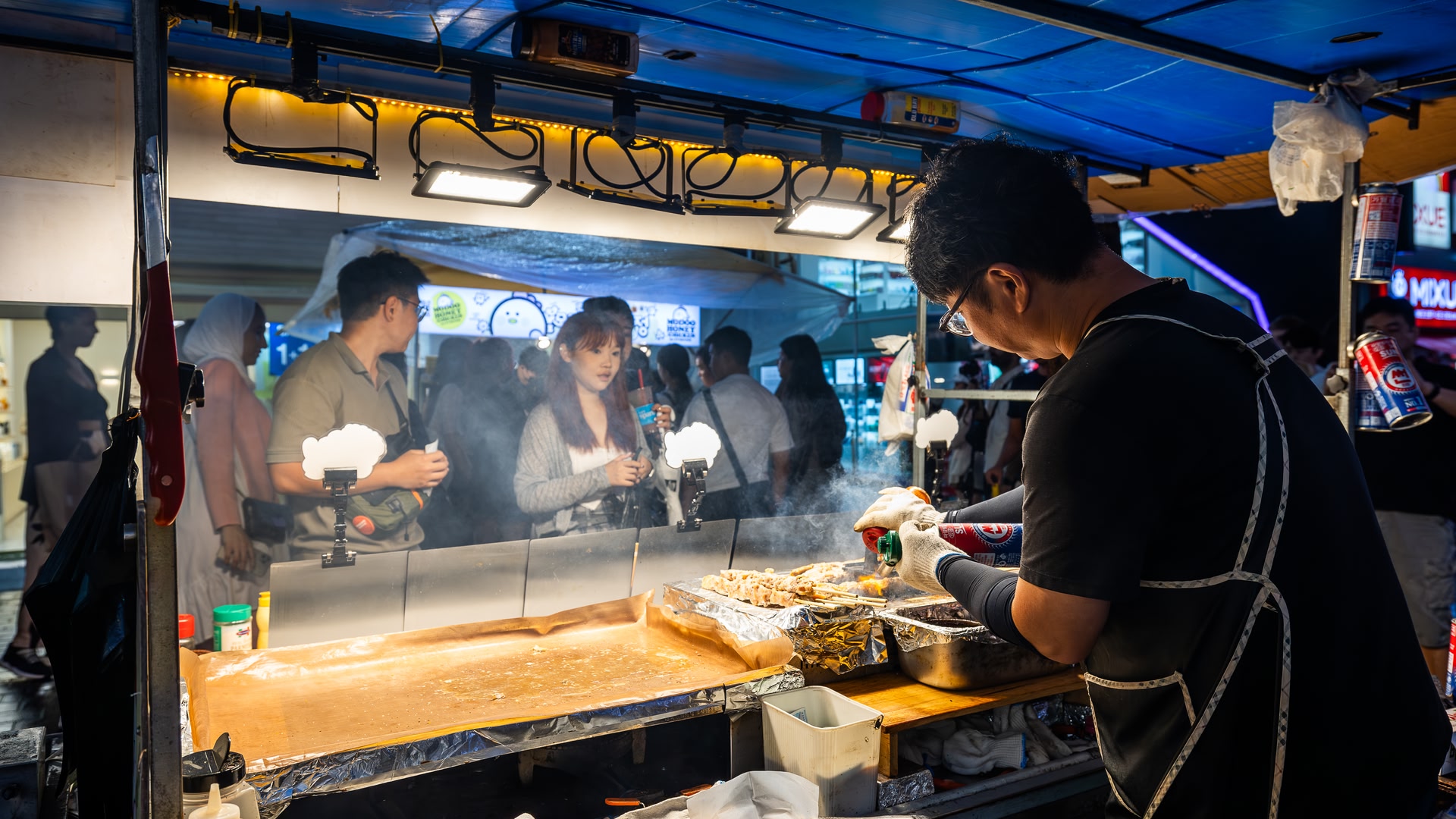

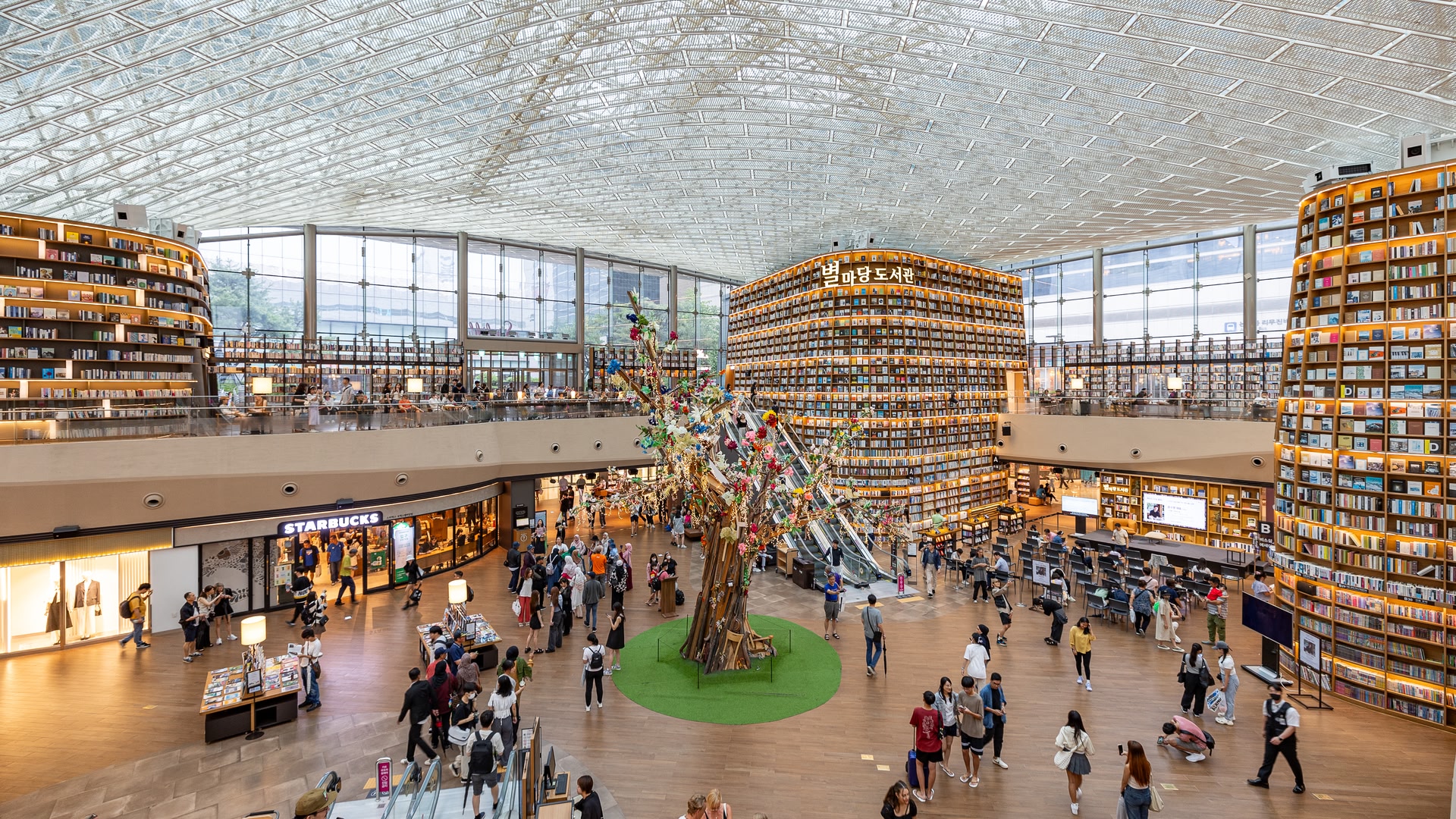
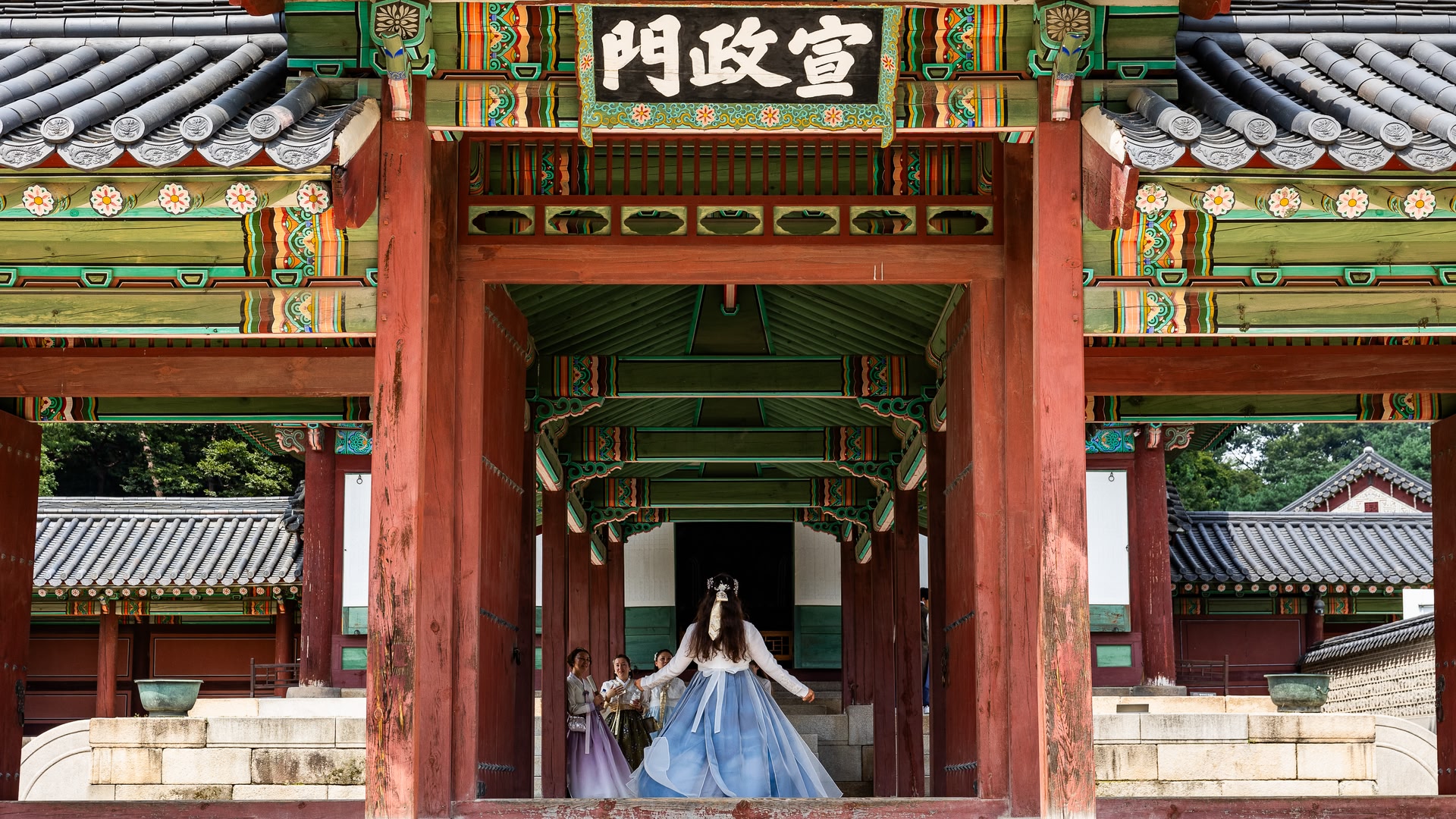

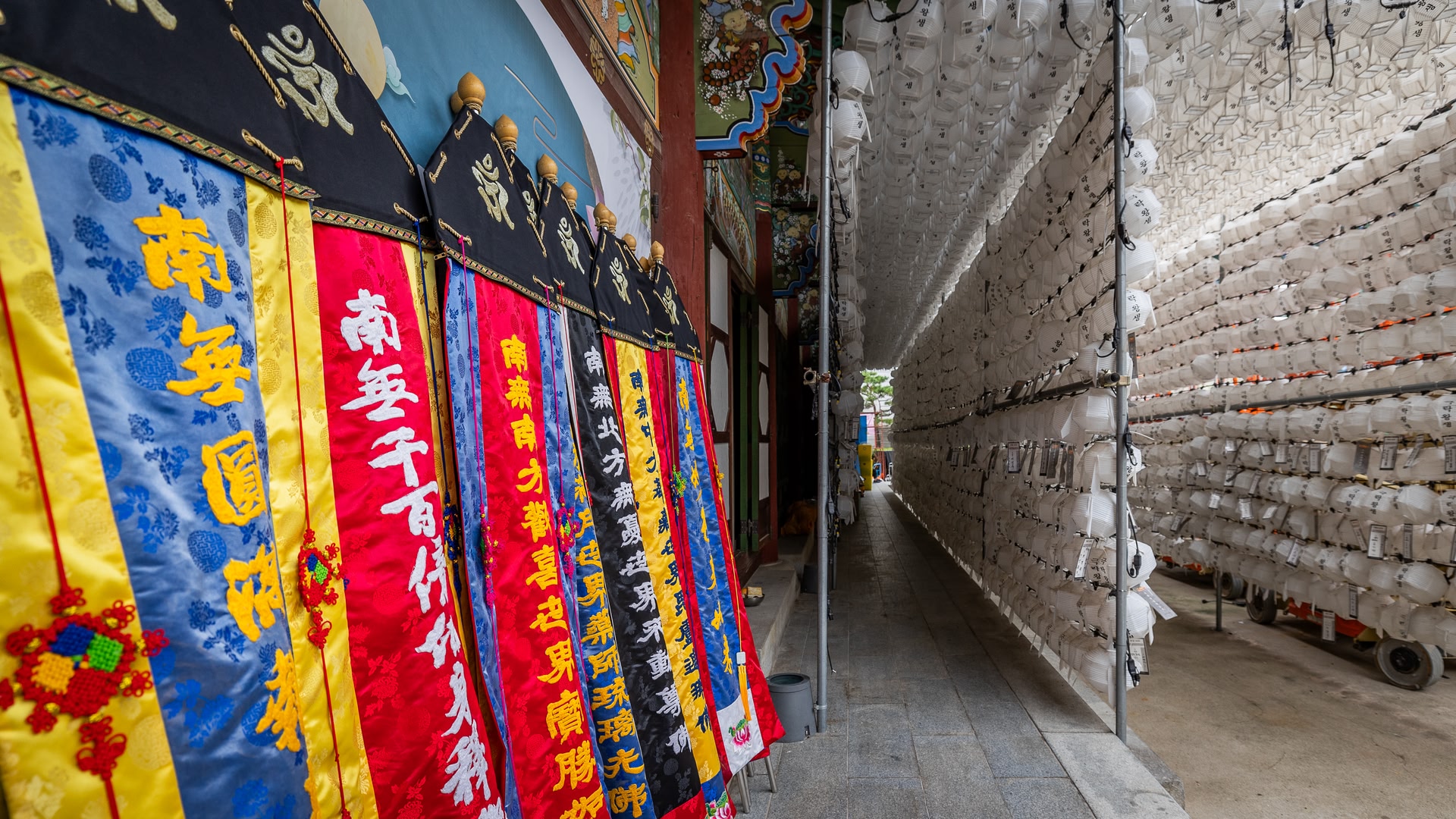
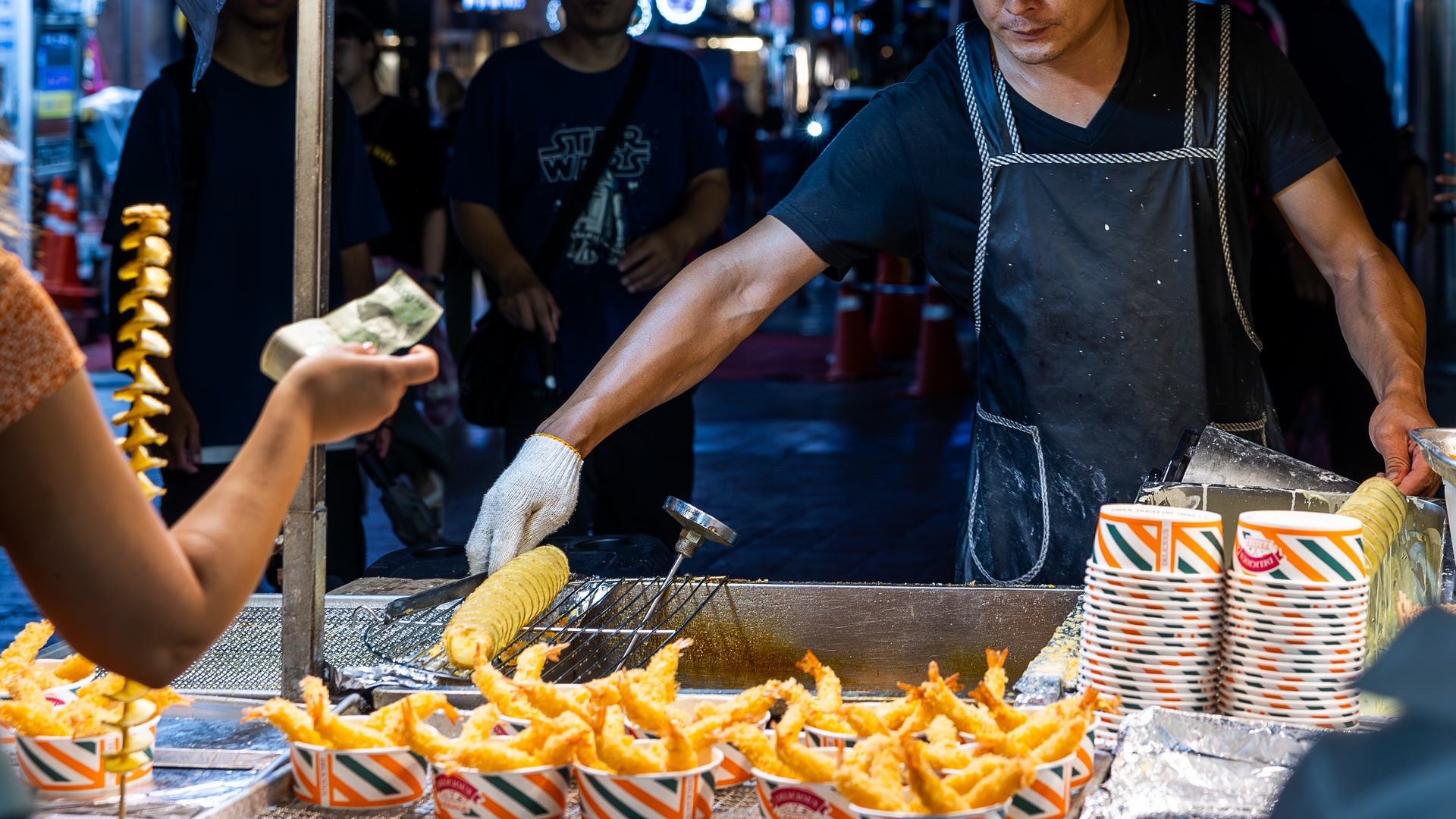
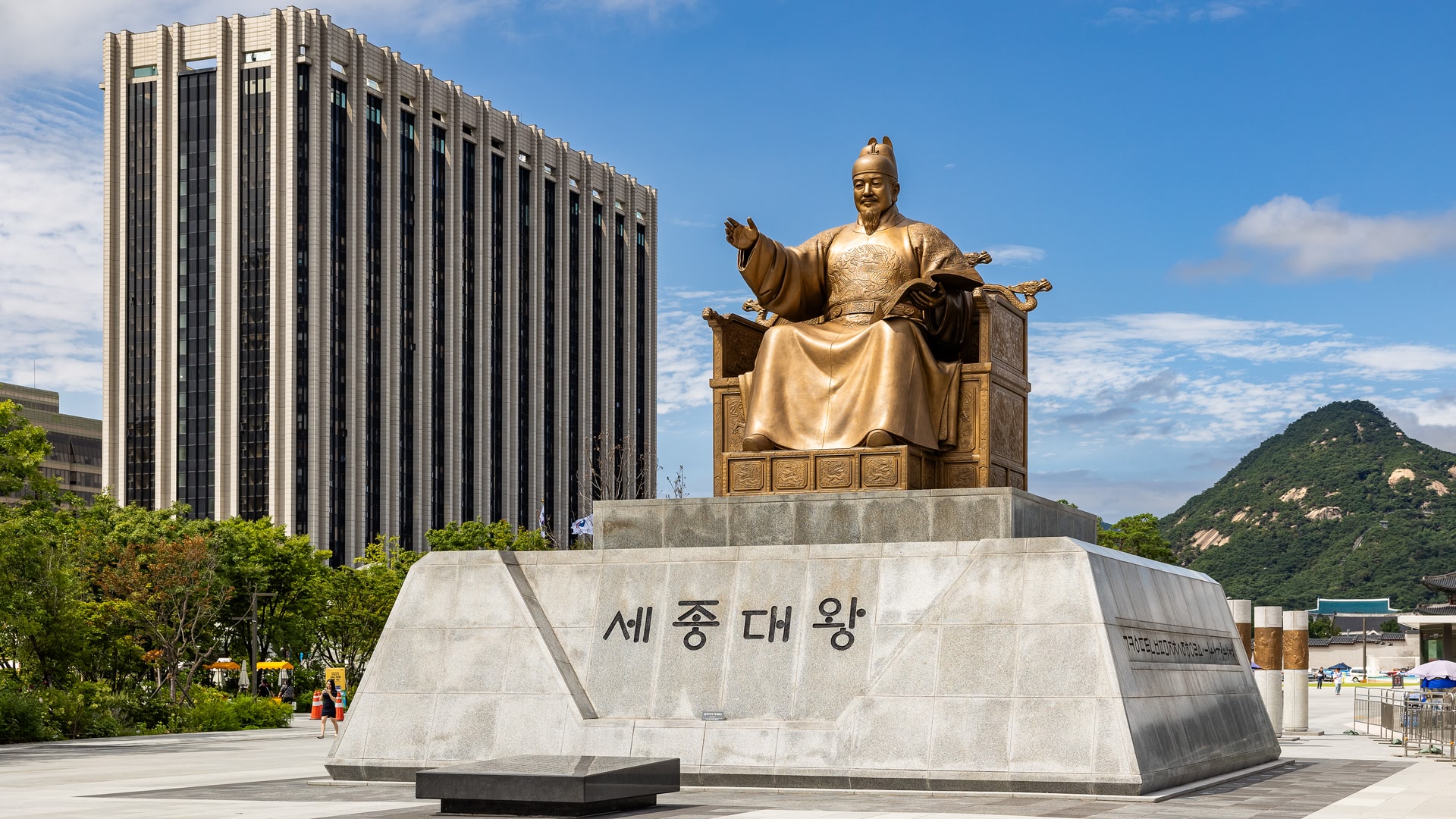
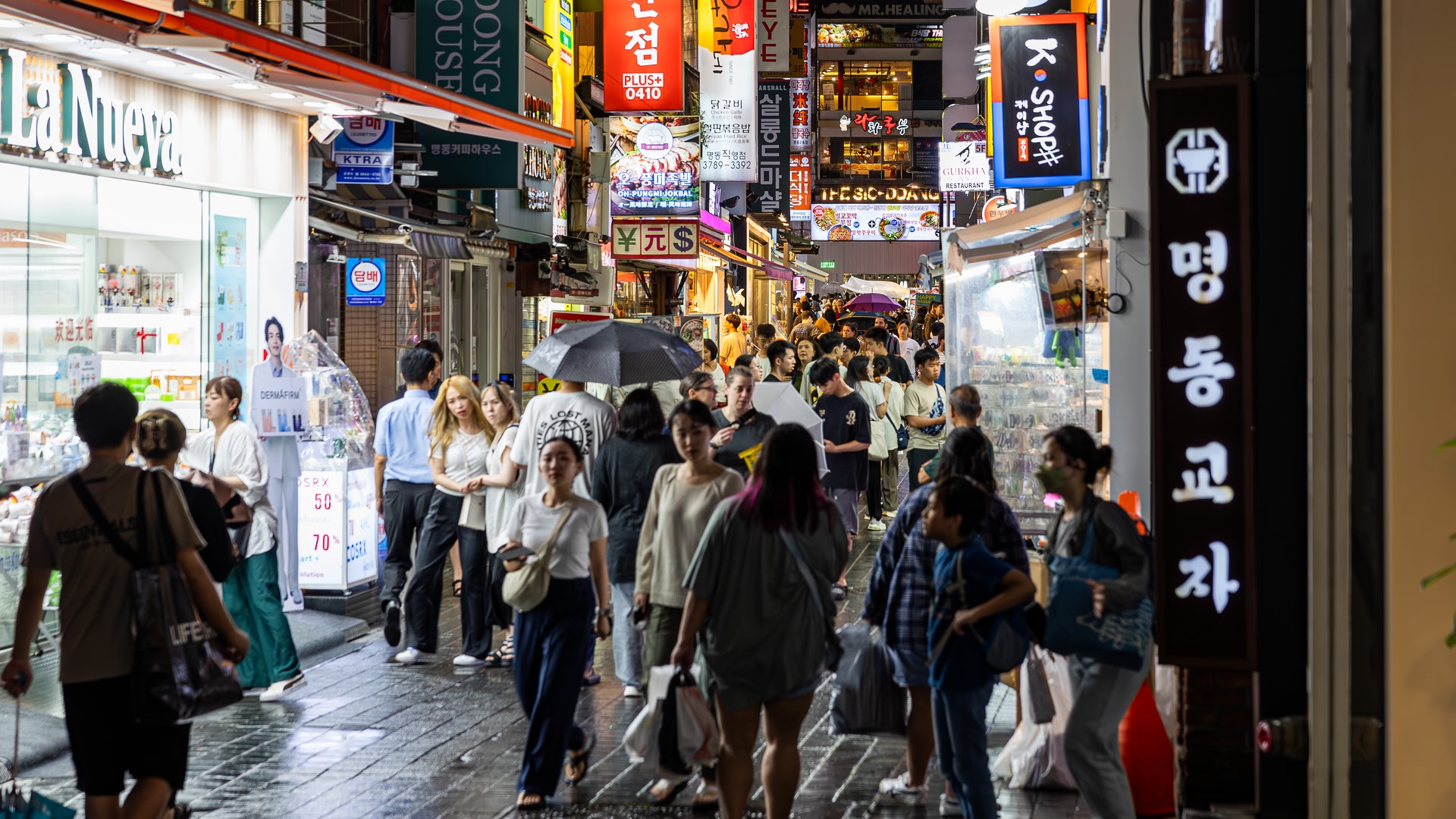
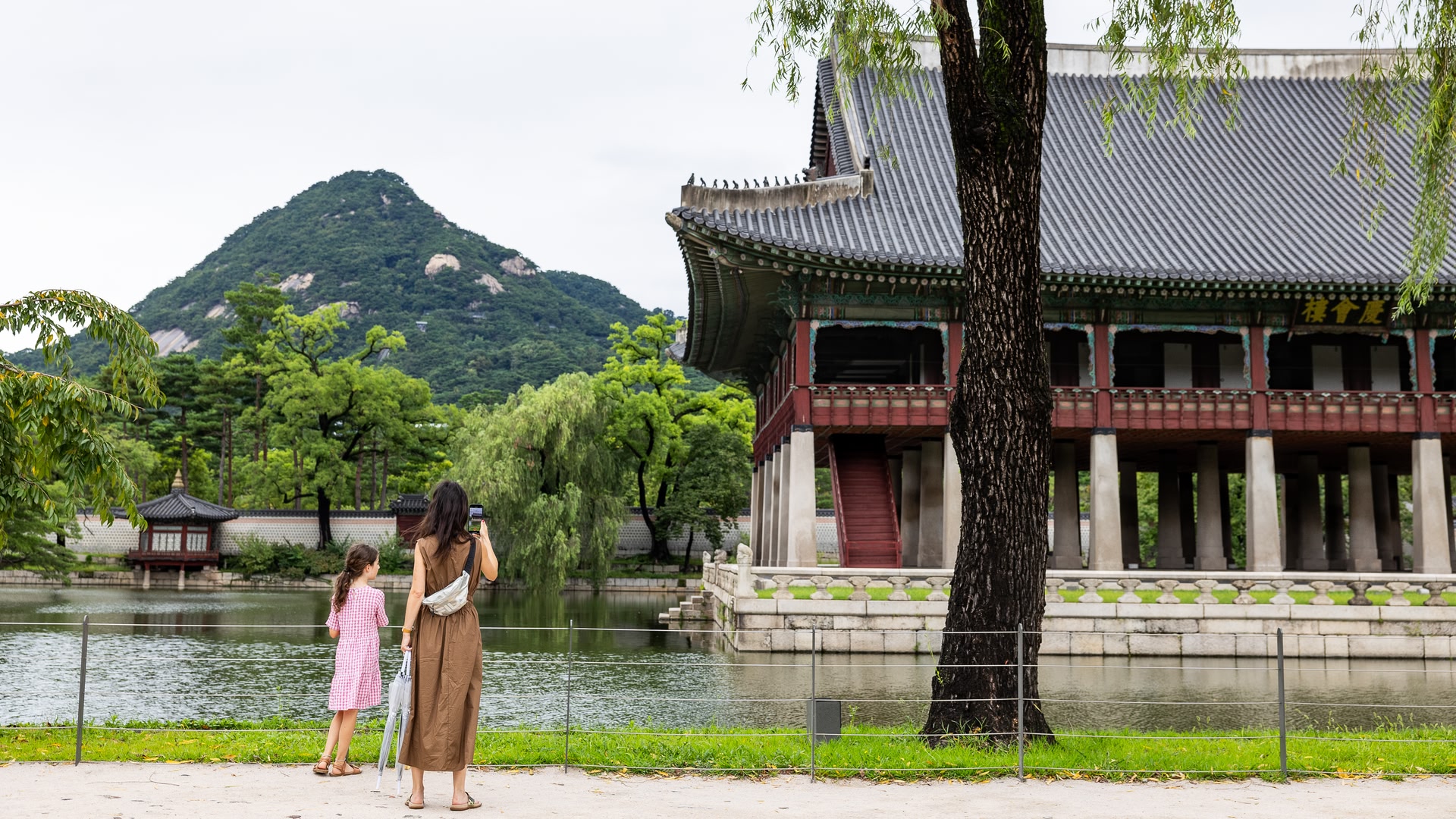
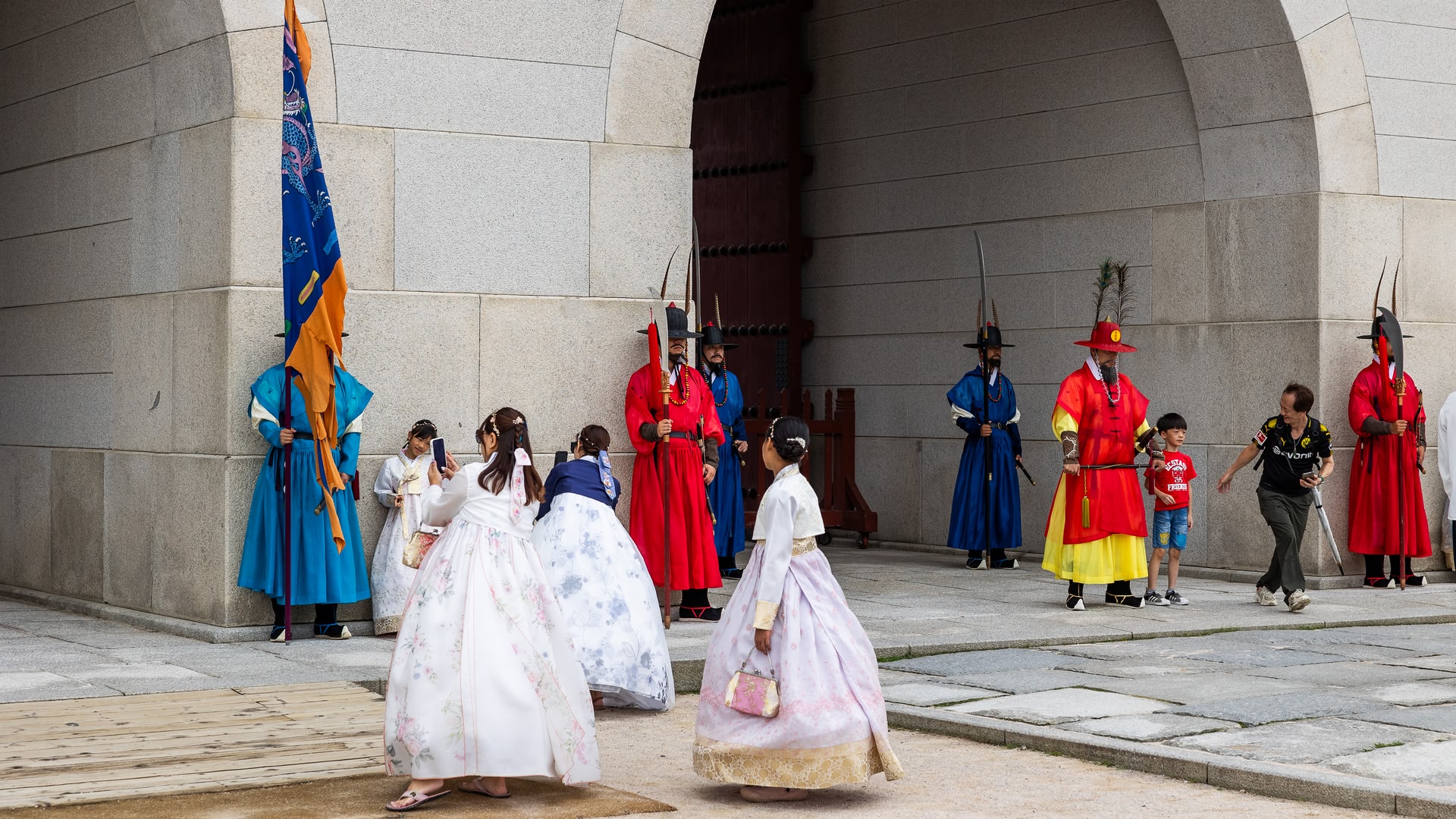
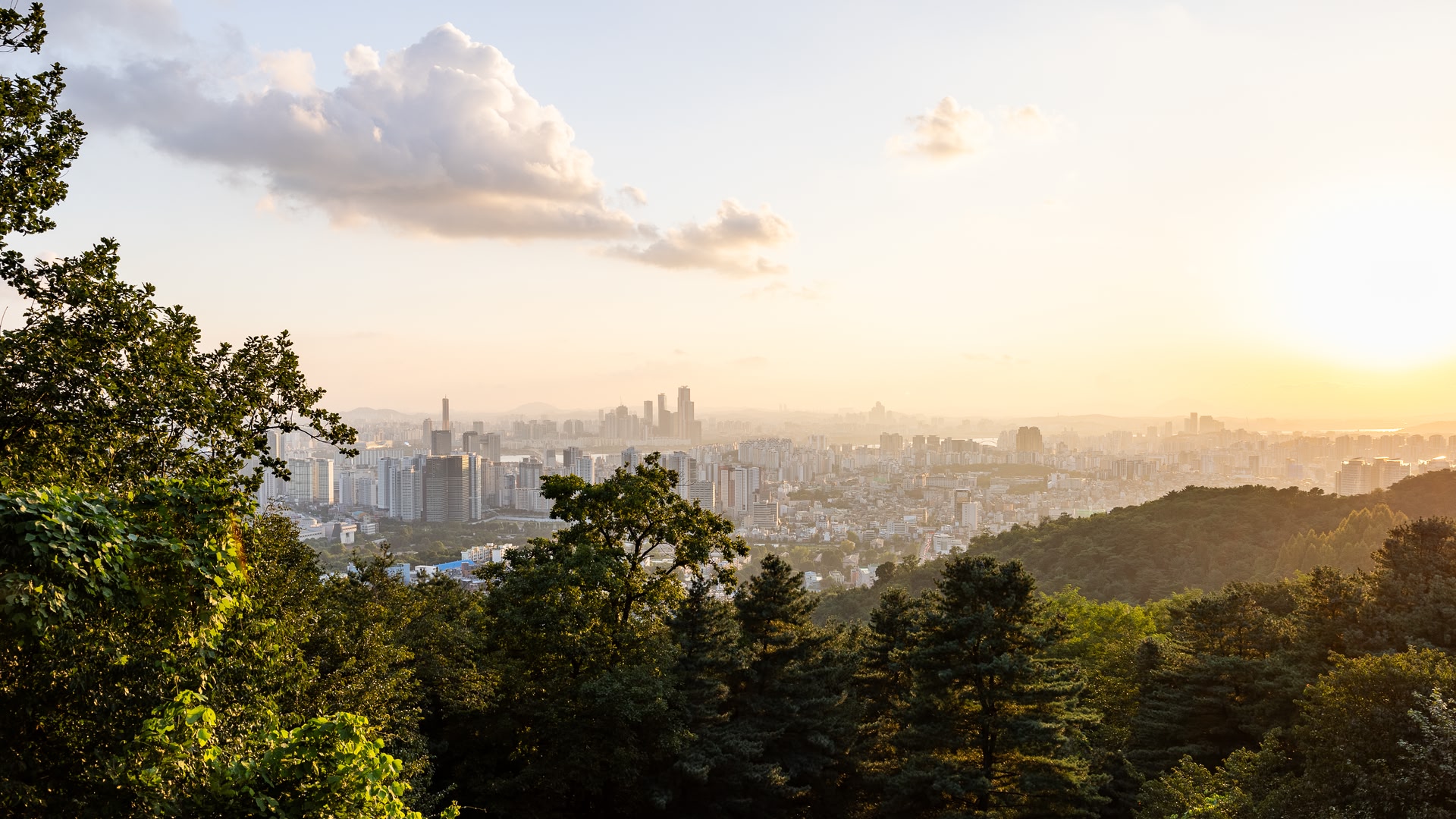
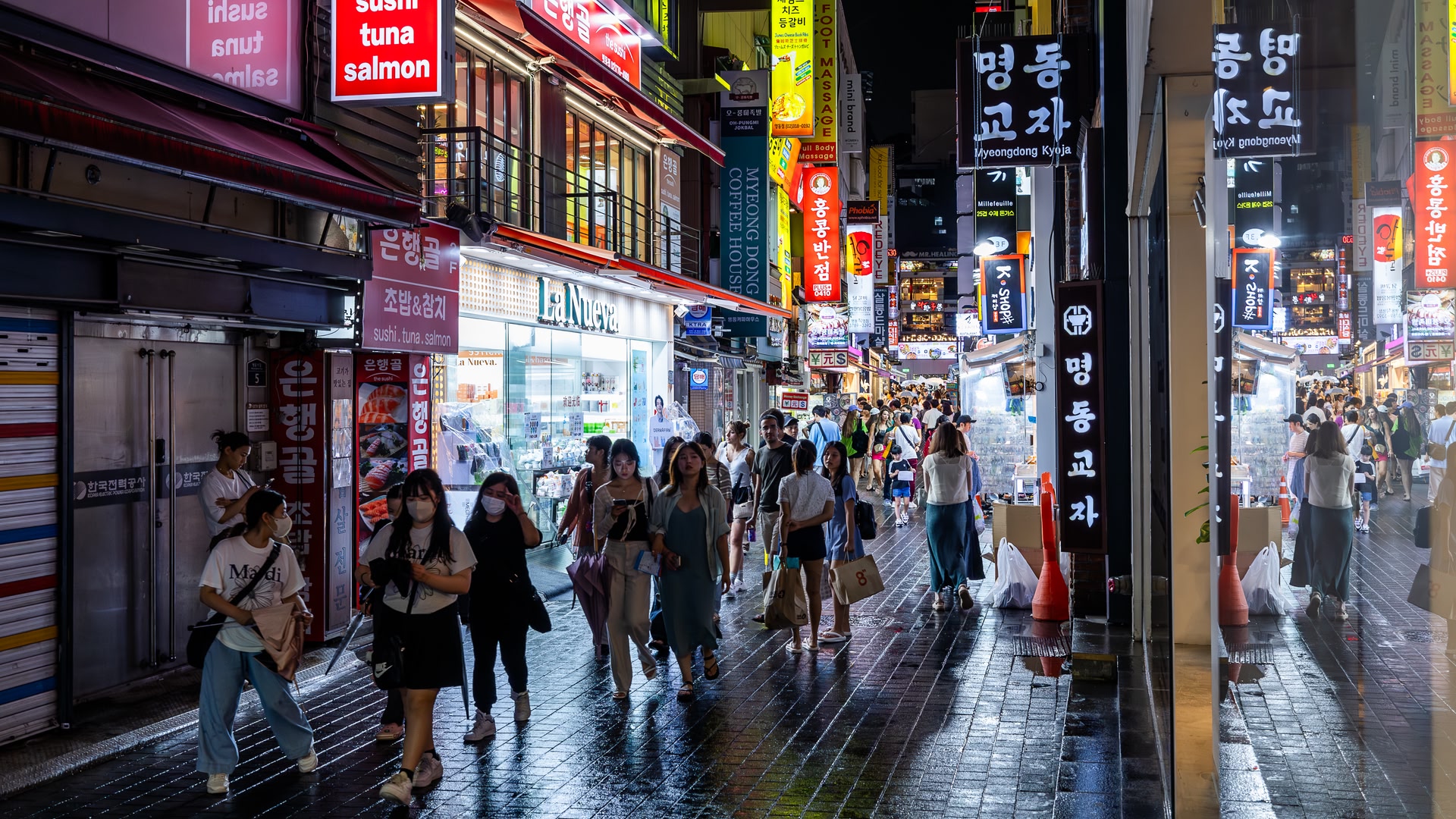
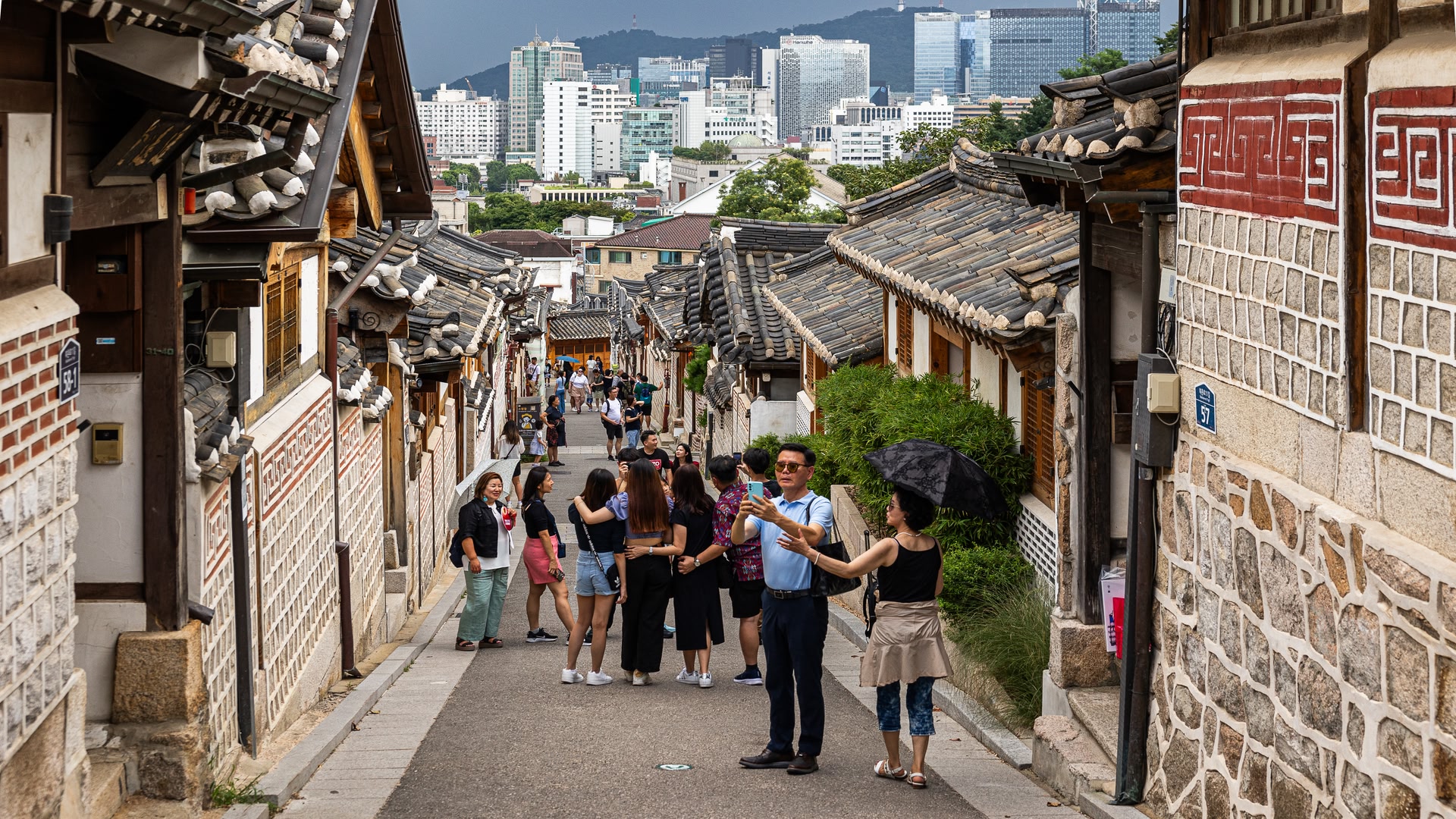
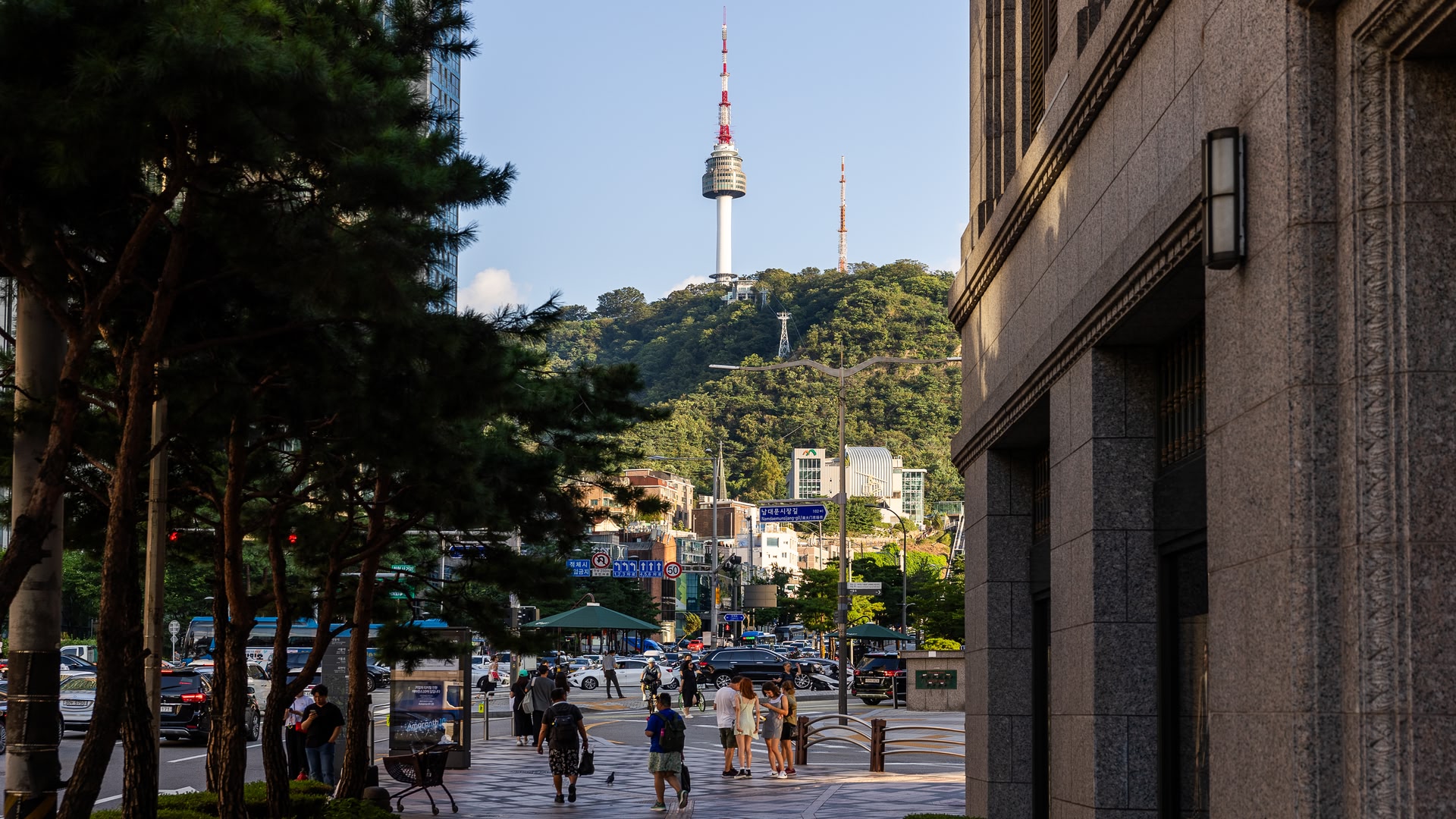
Find the best time to go to Seoul
Weather in Seoul
March – May: Spring weather ranges from chilly to pleasantly warm. Cherry blossoms start popping in late March, making this a gorgeous time to visit. Pack an umbrella, just in case.
June – August: Summer is hot and humid, with monsoon showers peaking in July. Explore Seoul’s cafe culture during downpours. And be sure to book accommodation with air conditioning.
September – November: Seoul’s parks and forests burst with autumn colour. The air is crisp and mild, but remember to pack layers for occasional wind and rain. This is a great time to visit Nami Island, a favourite K-drama backdrop.
December – February: Winter temperatures dip below freezing, and heavy snow is possible. Thaw out at a traditional bathhouse.
Events in Seoul
Yeouido Cherry Blossom Festival (April): Thousands turn out to Yeouido Park as it transforms into a sea of pink and white blossoms. Check out art exhibits, dance performances and food stalls.
Hangang Summer Festival (July to August): Beat the summer heat at this party along the Han River. Kayaking, outdoor concerts and nighttime swims in an illuminated pool round out the fun.
Seoul Kimchi Festival (November): Get hands-on with Korea’s most popular fermented vegetable at this three-day celebration. Enjoy live performances, chef-led workshops and all the spicy cabbage you can eat.
Seoul Winter Festa (December to January): The neon-lit capital burns even brighter at this winter festival packed with light displays, ice sculptures, K-pop concerts and more.
The best neighbourhoods in Seoul
Things to do in Seoul
